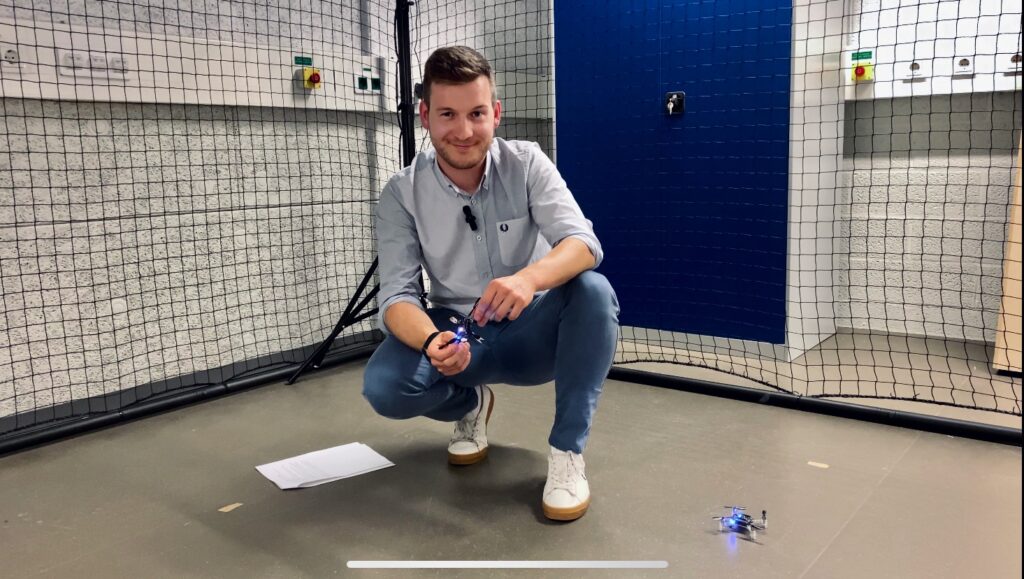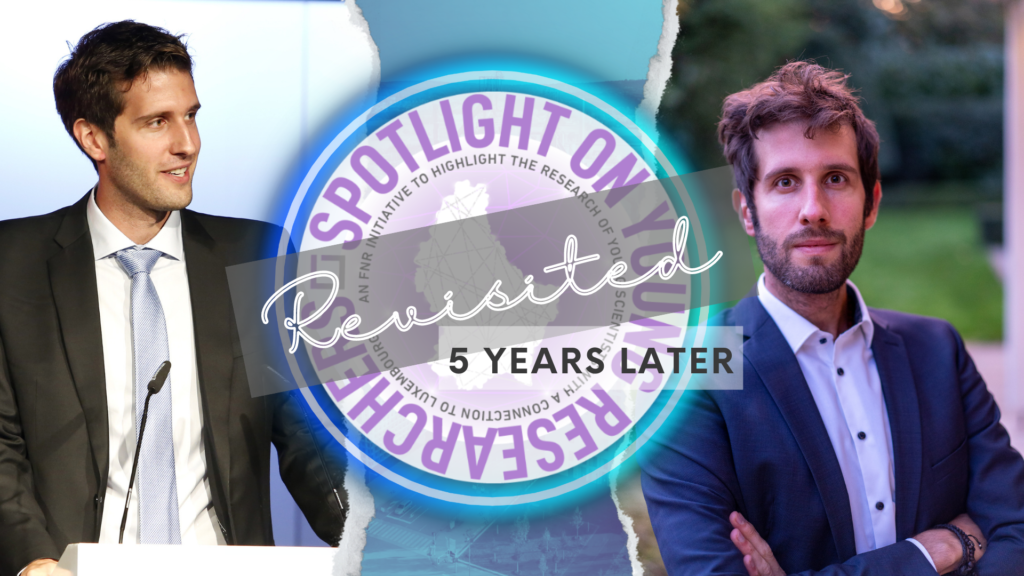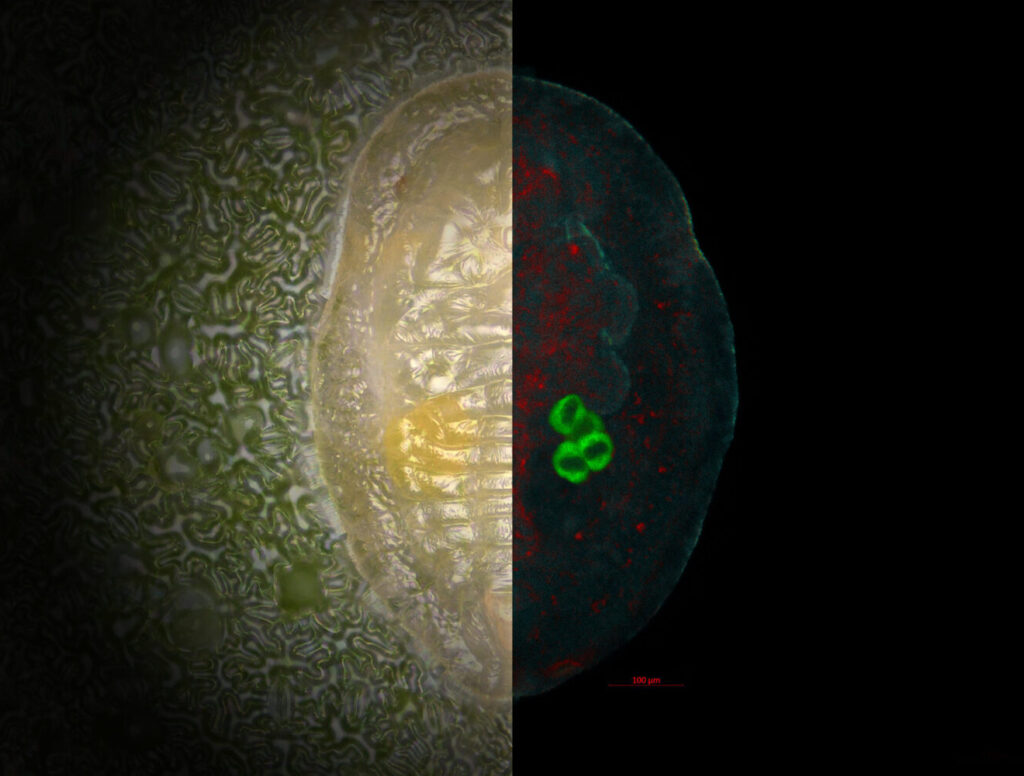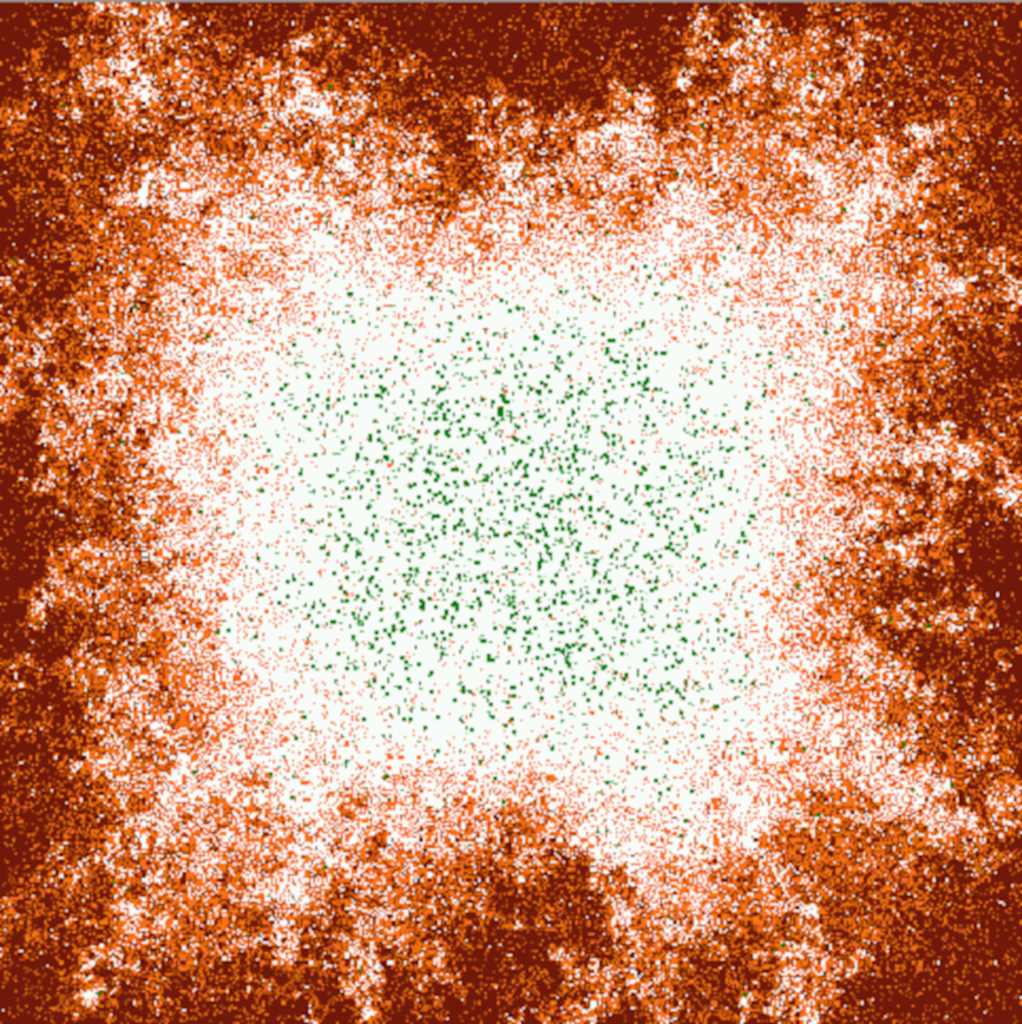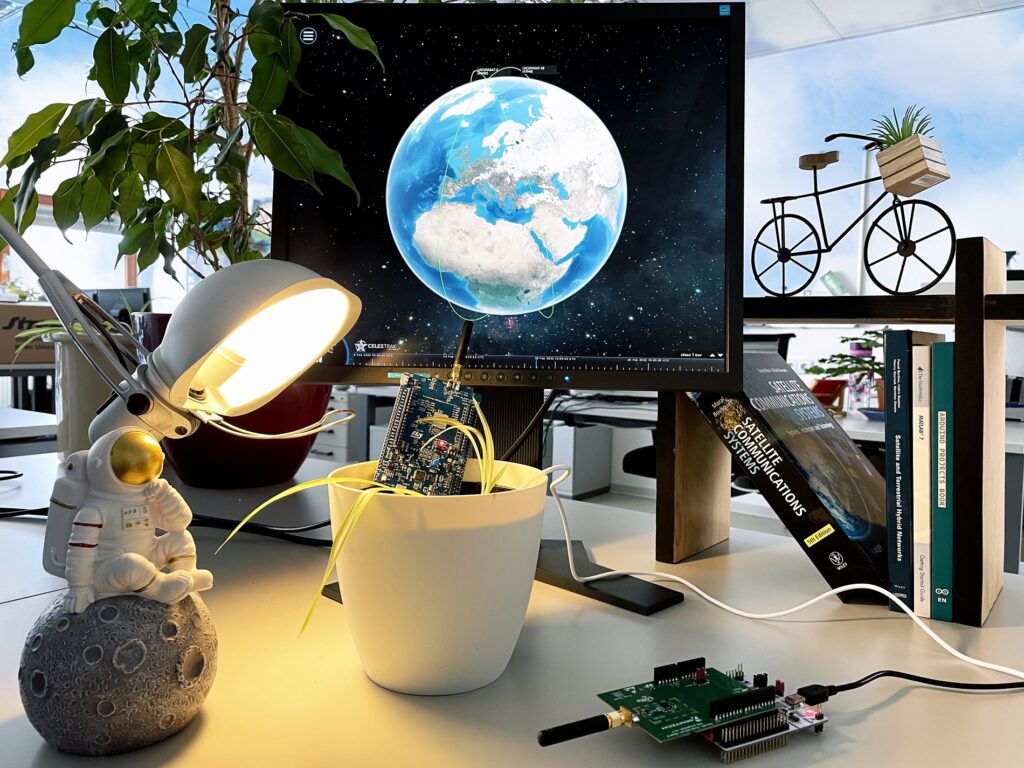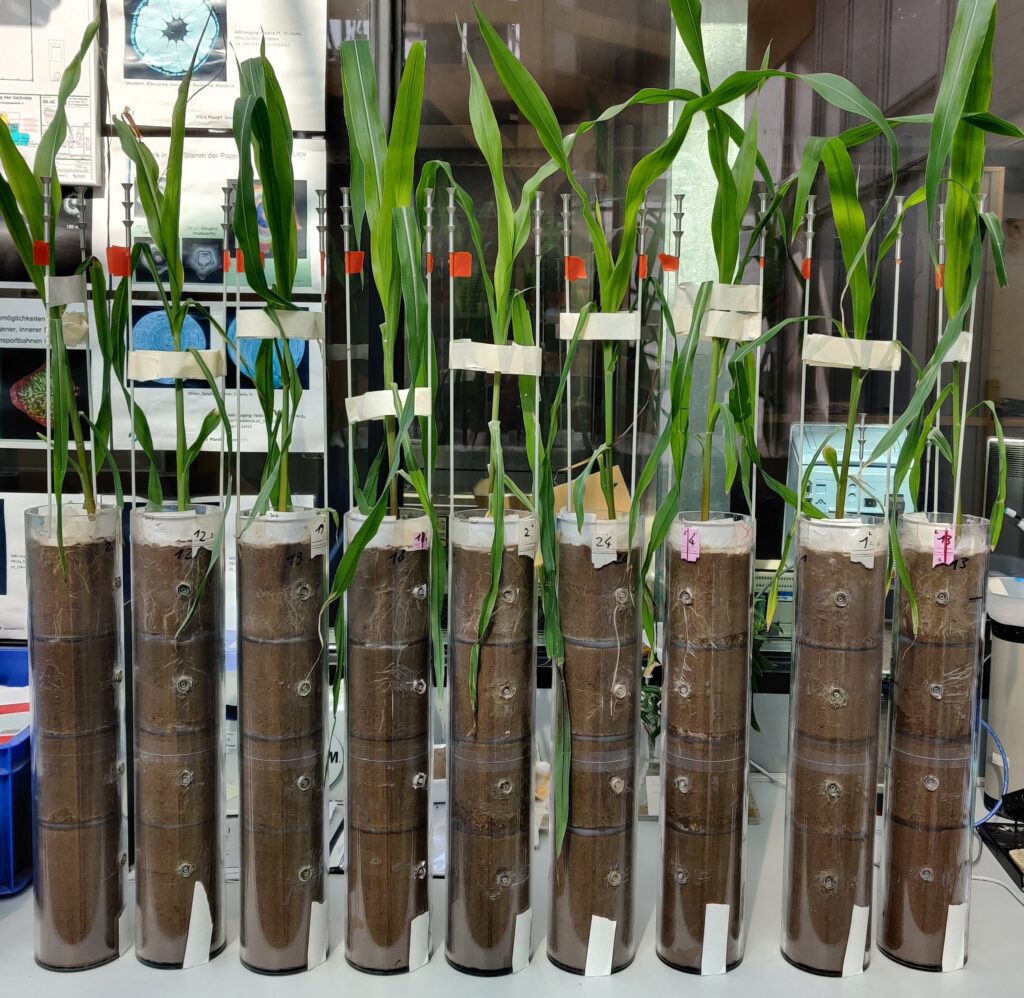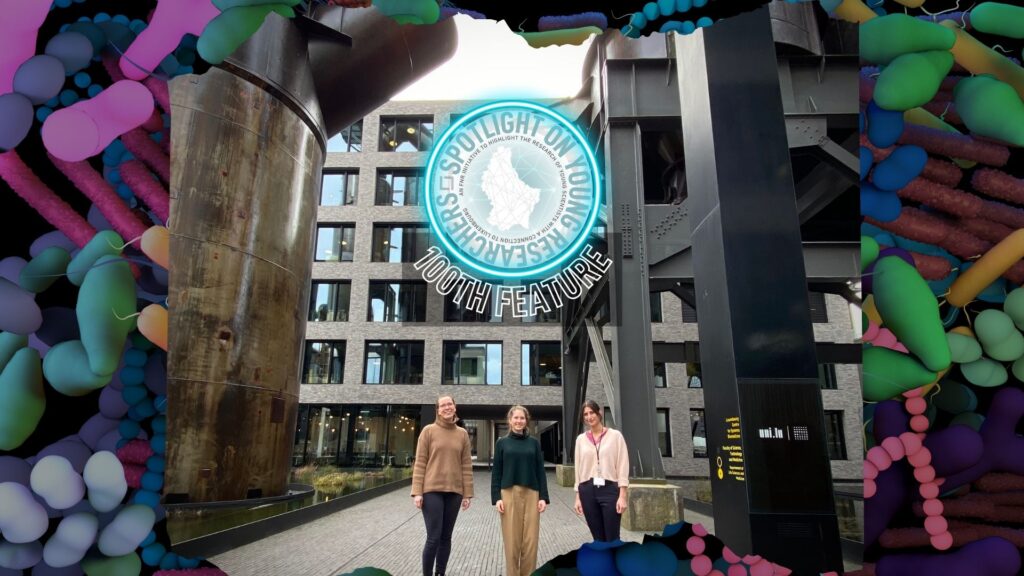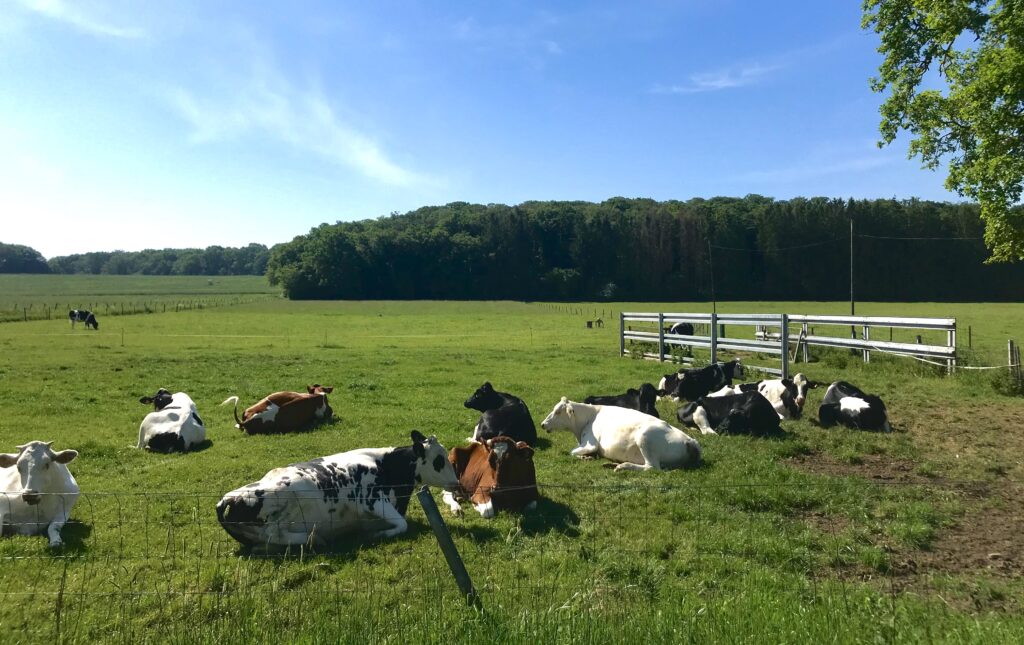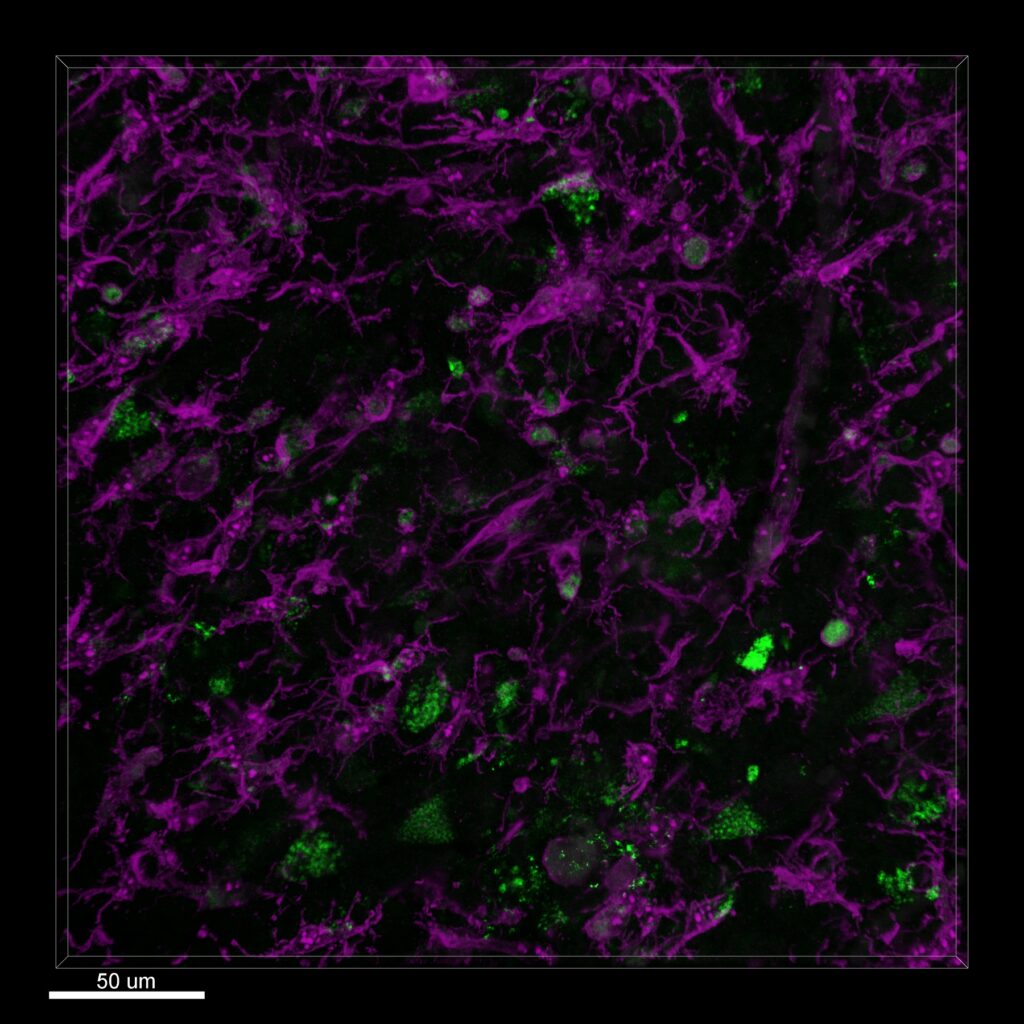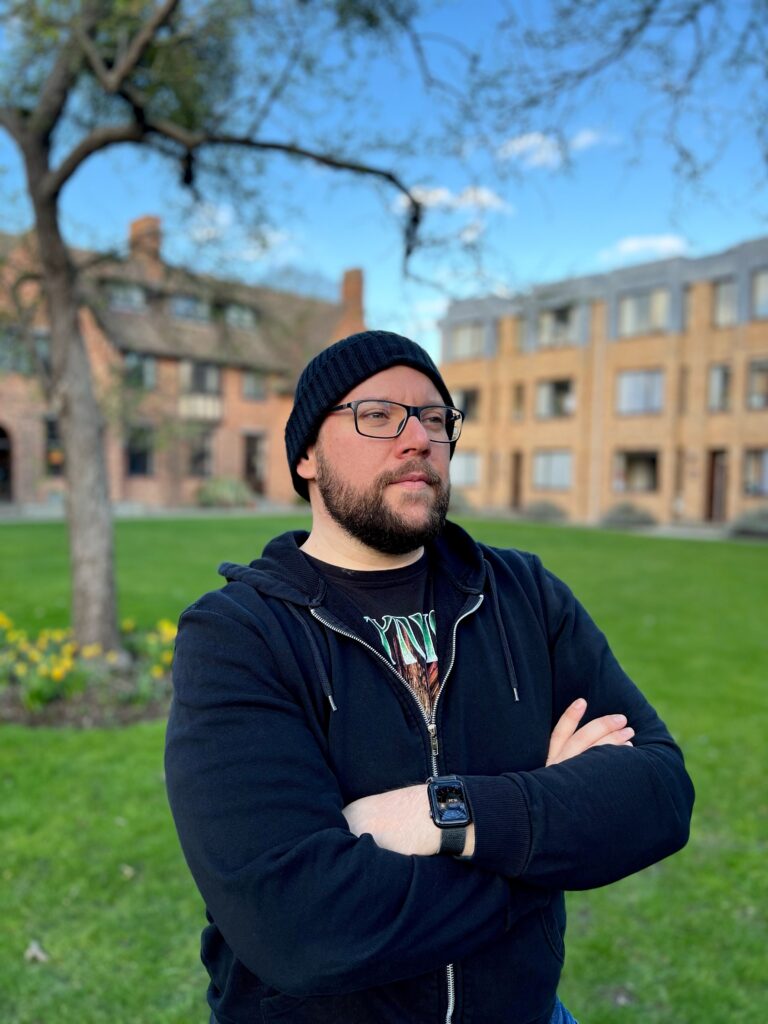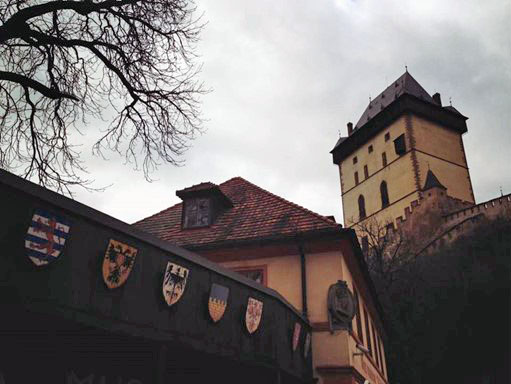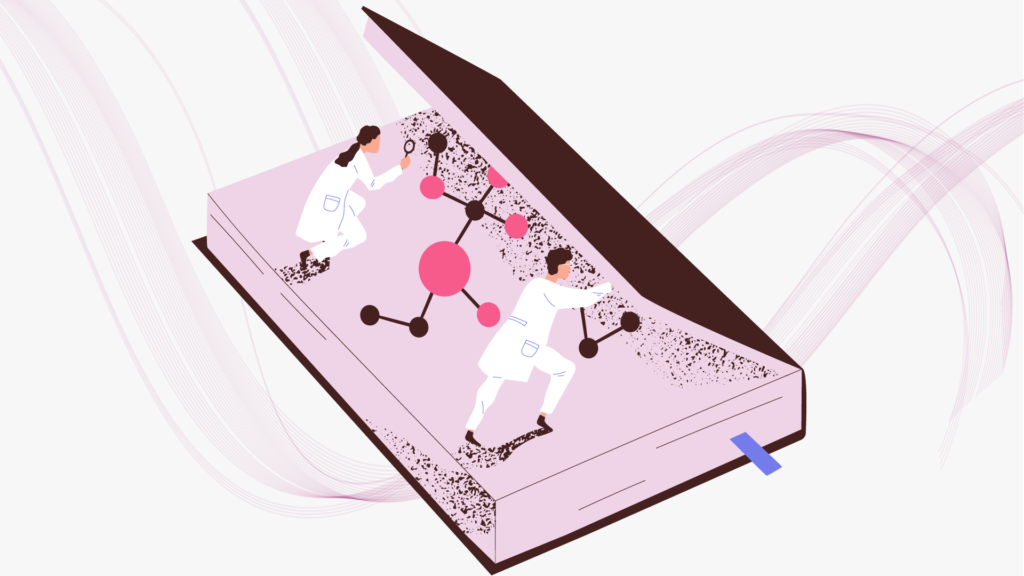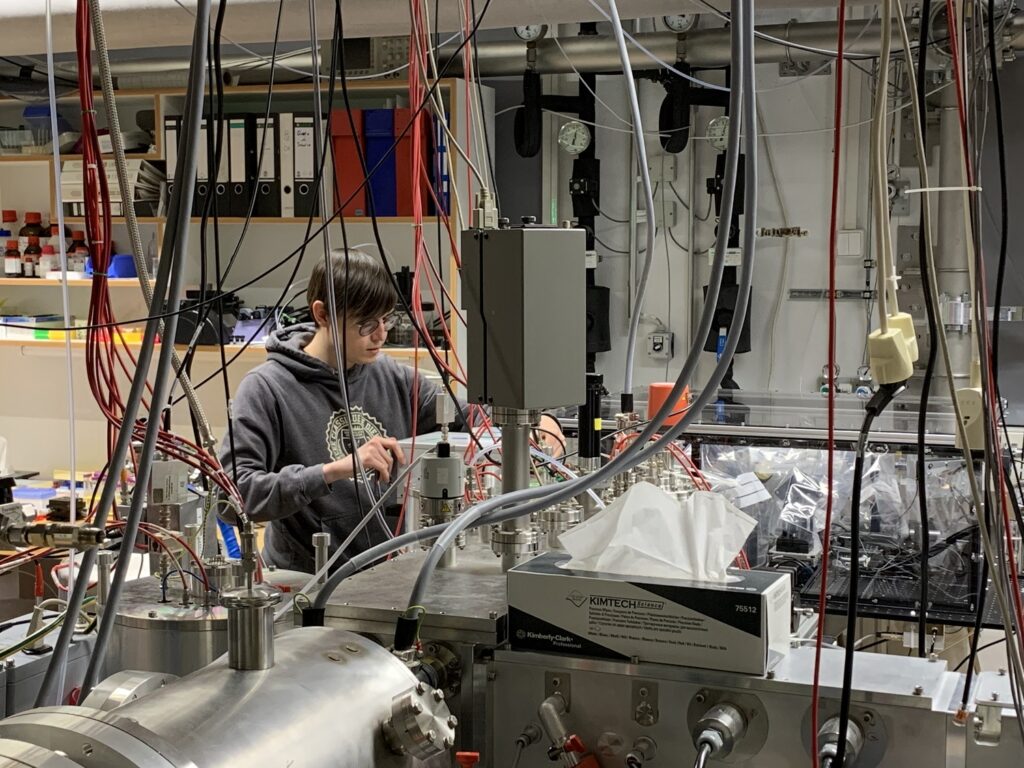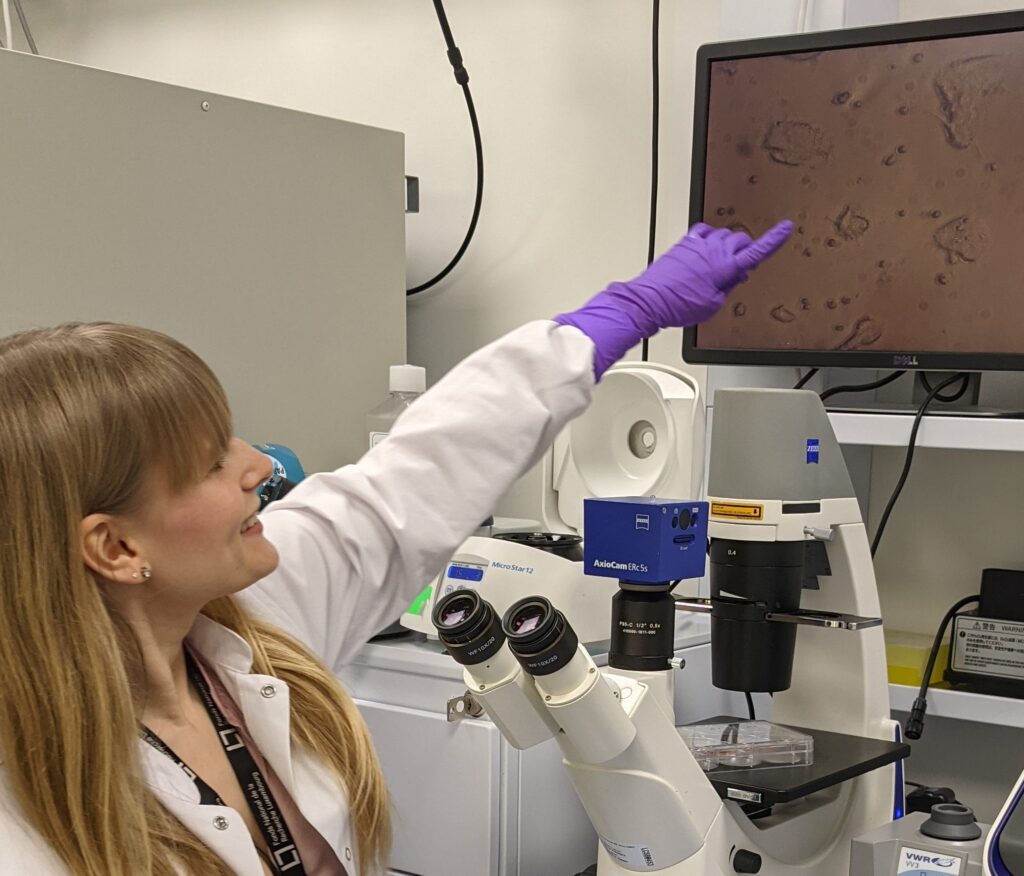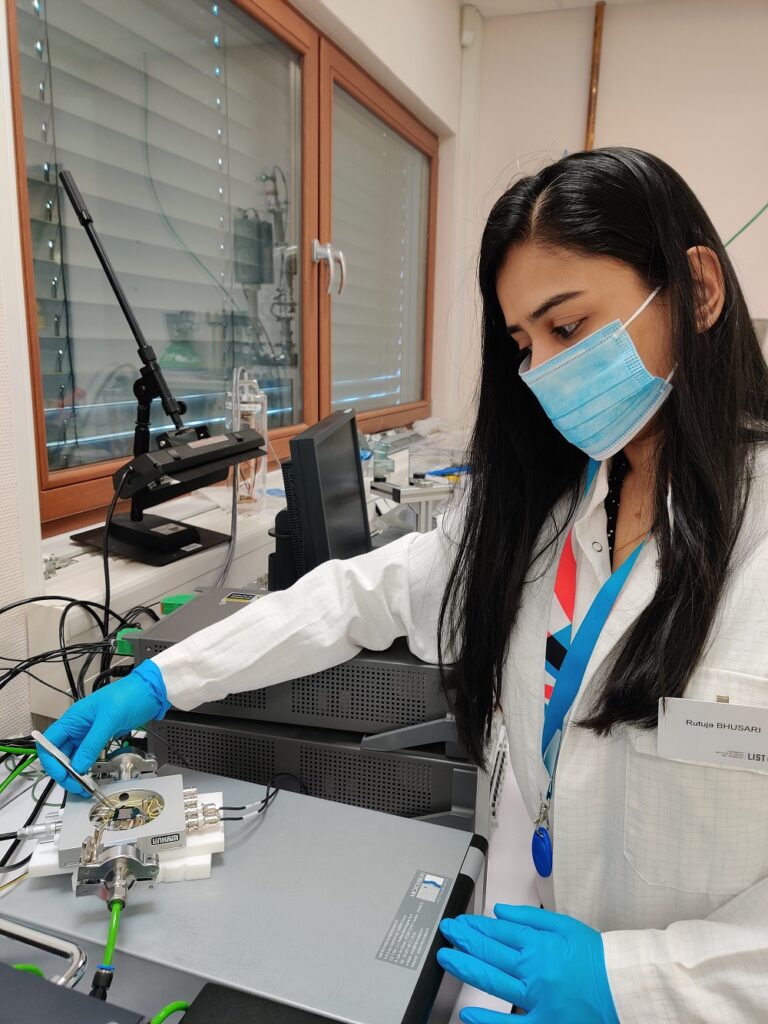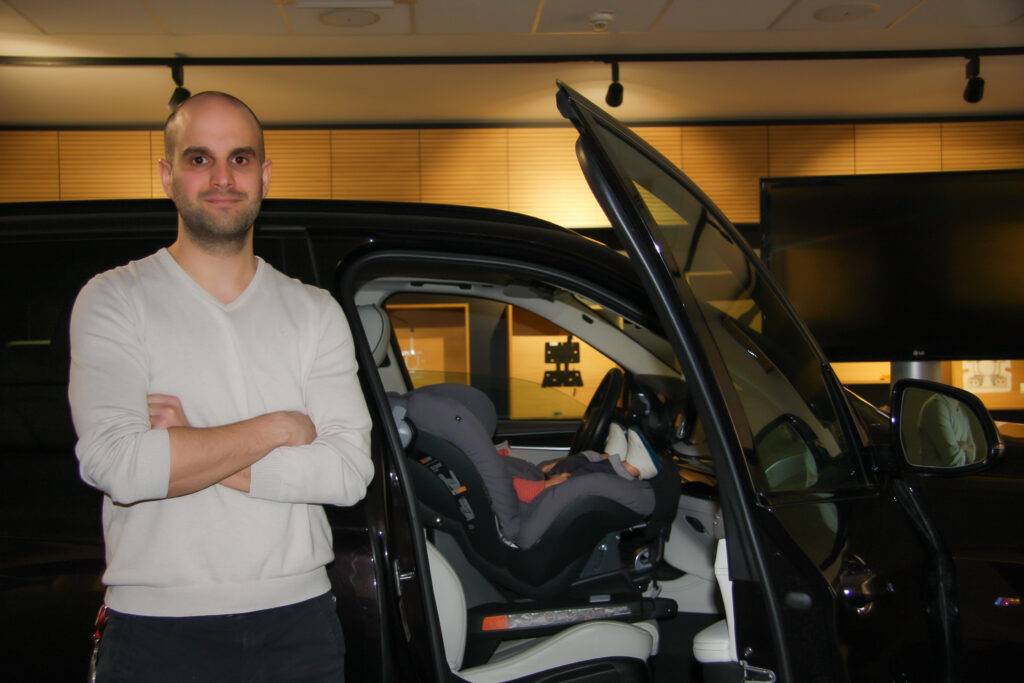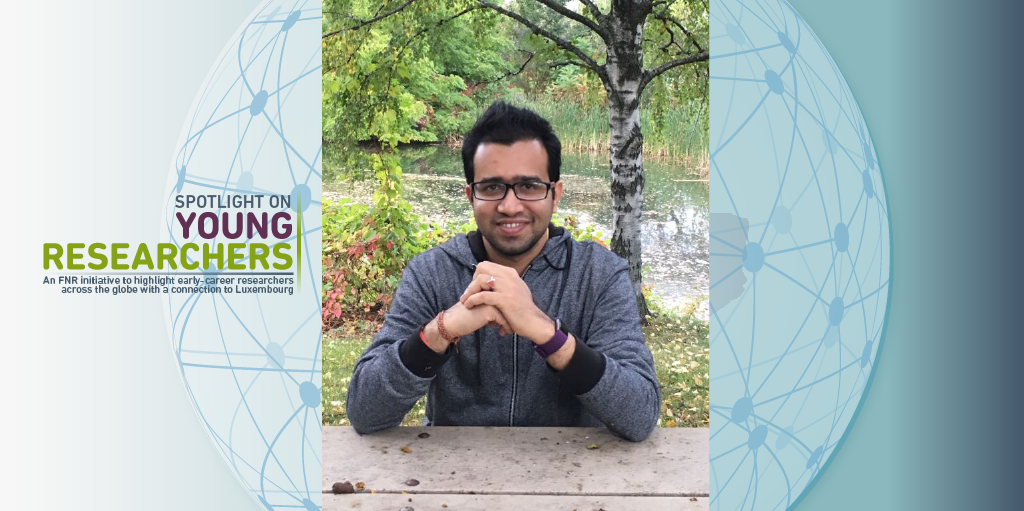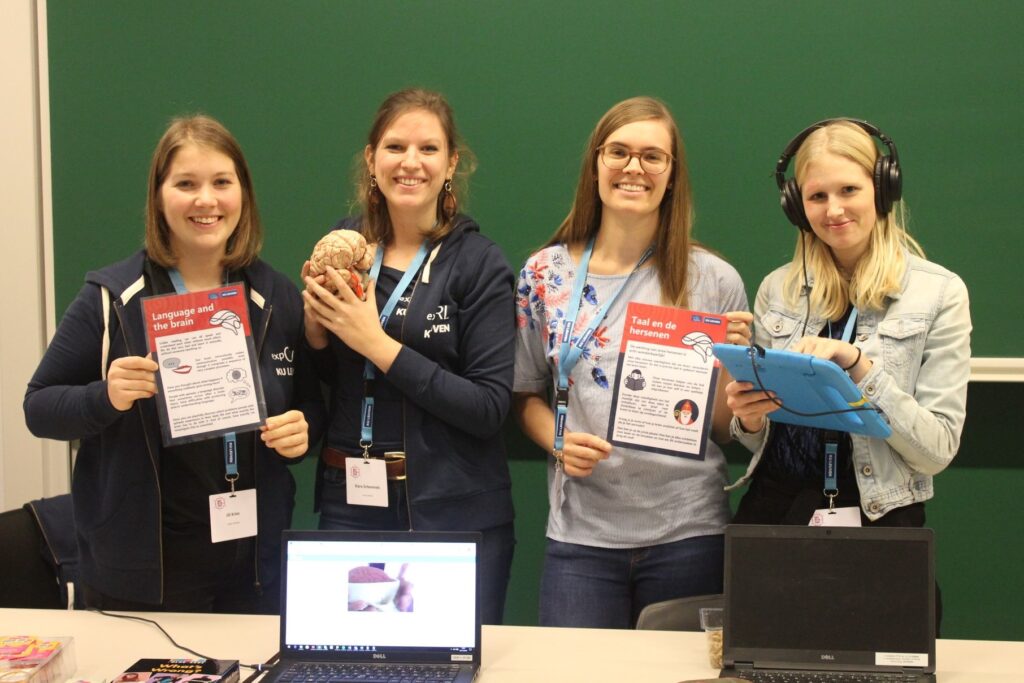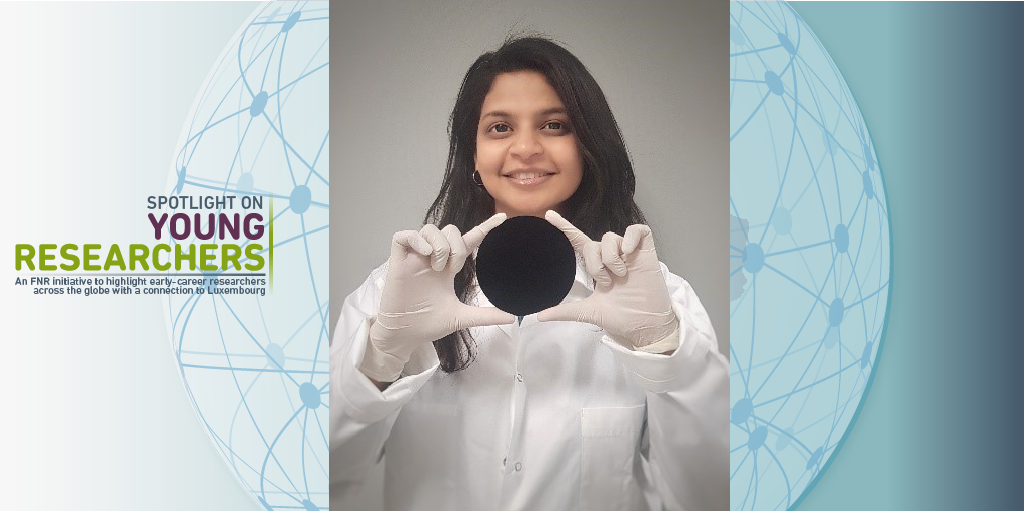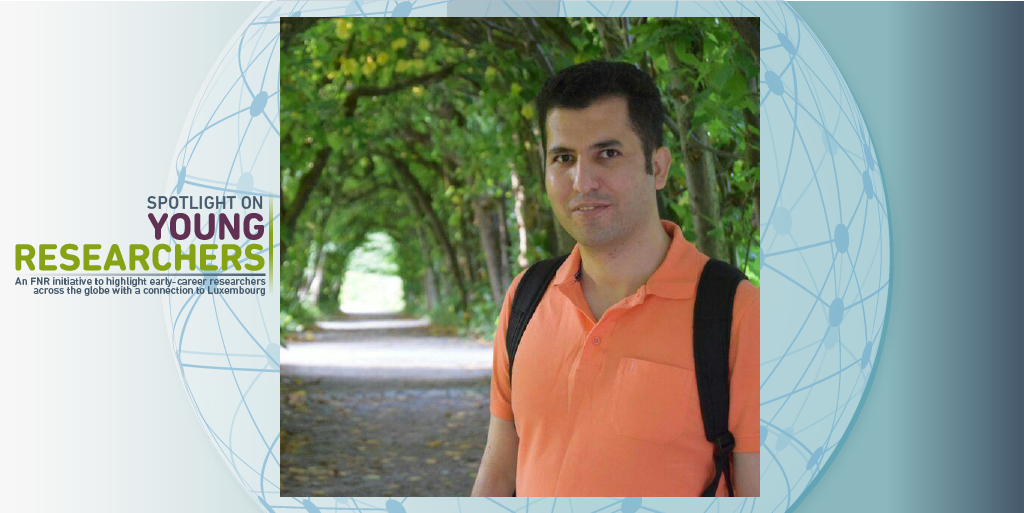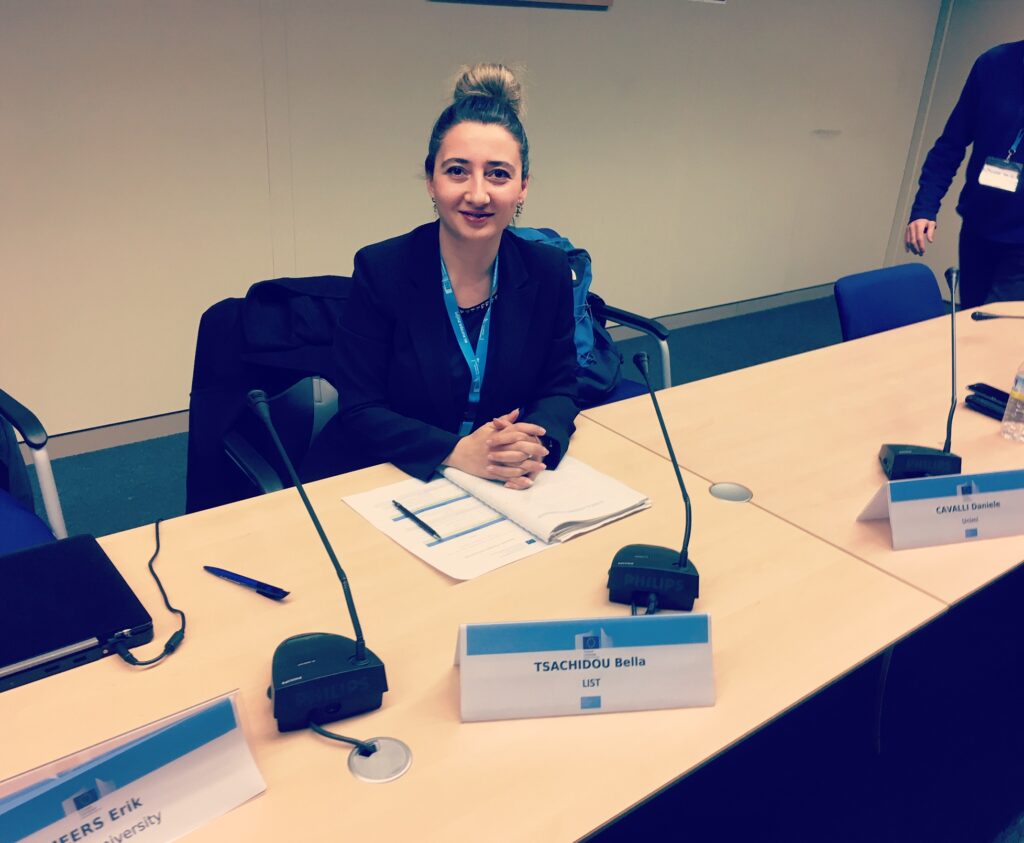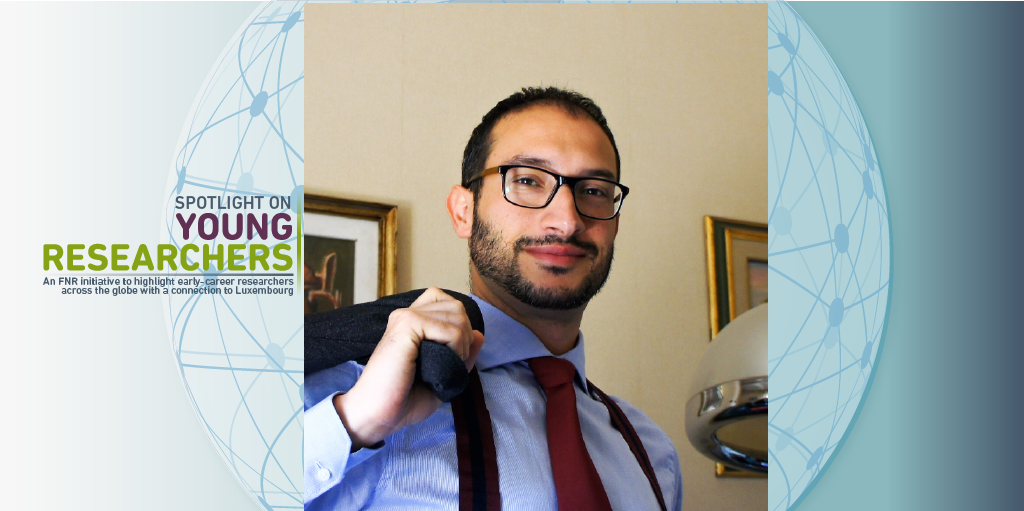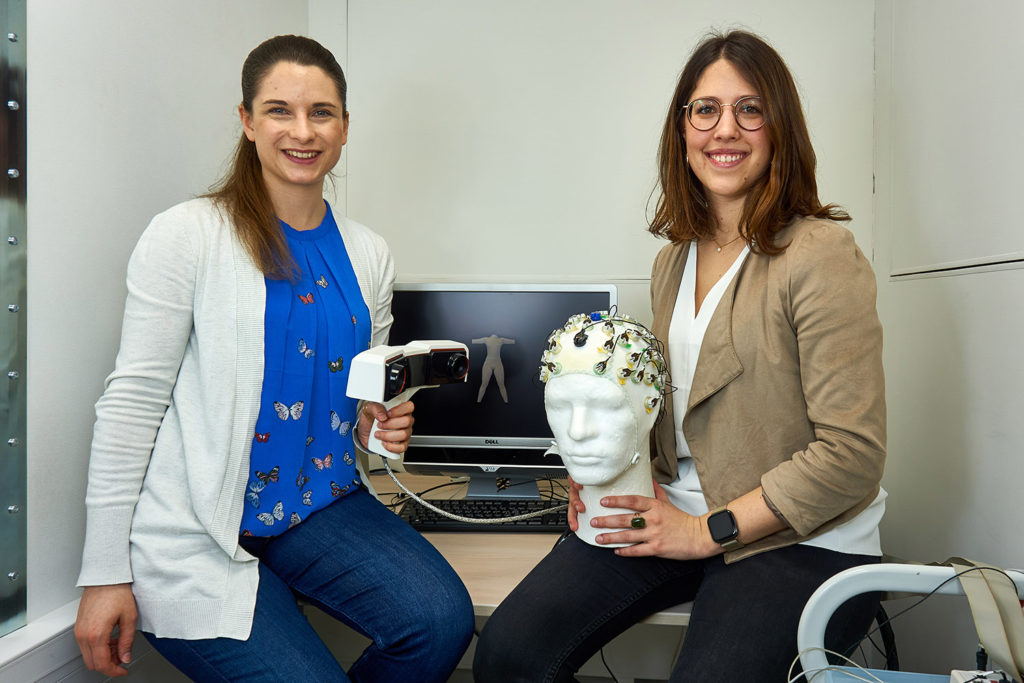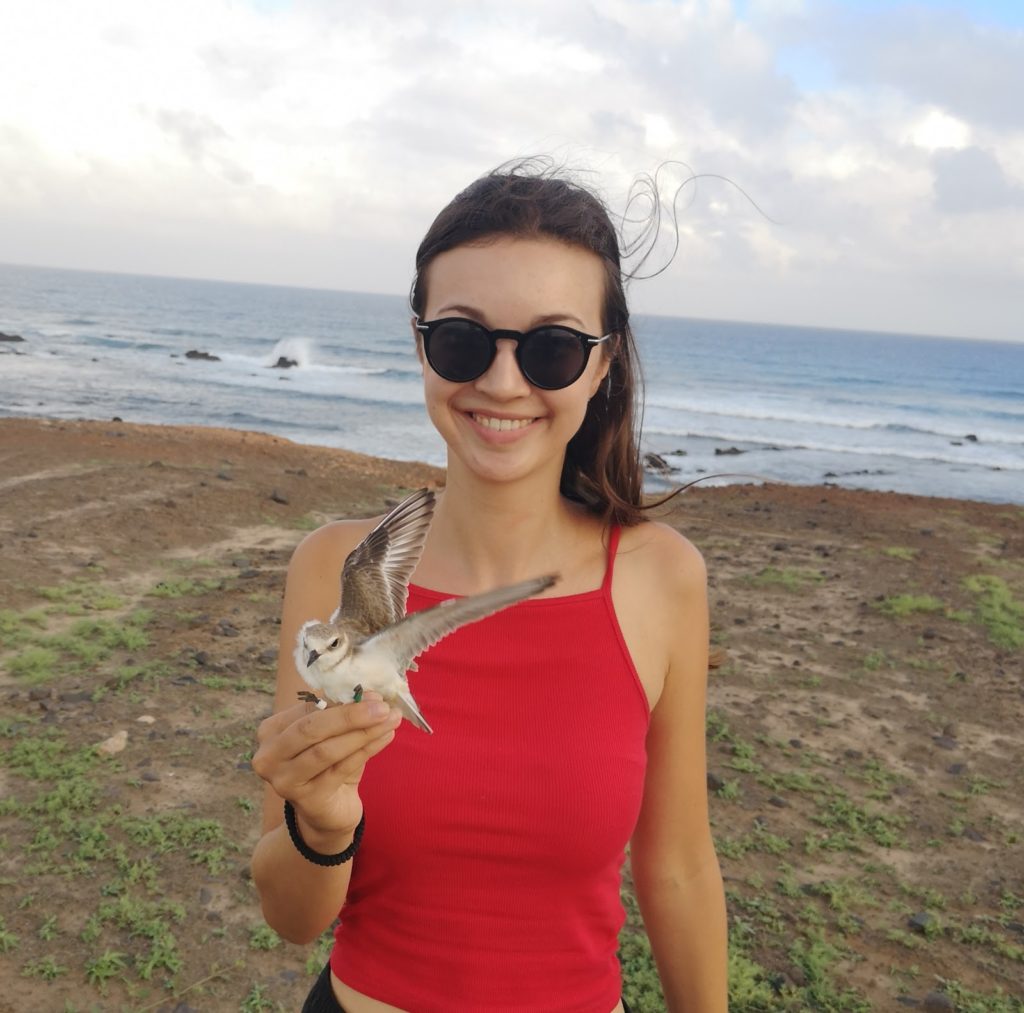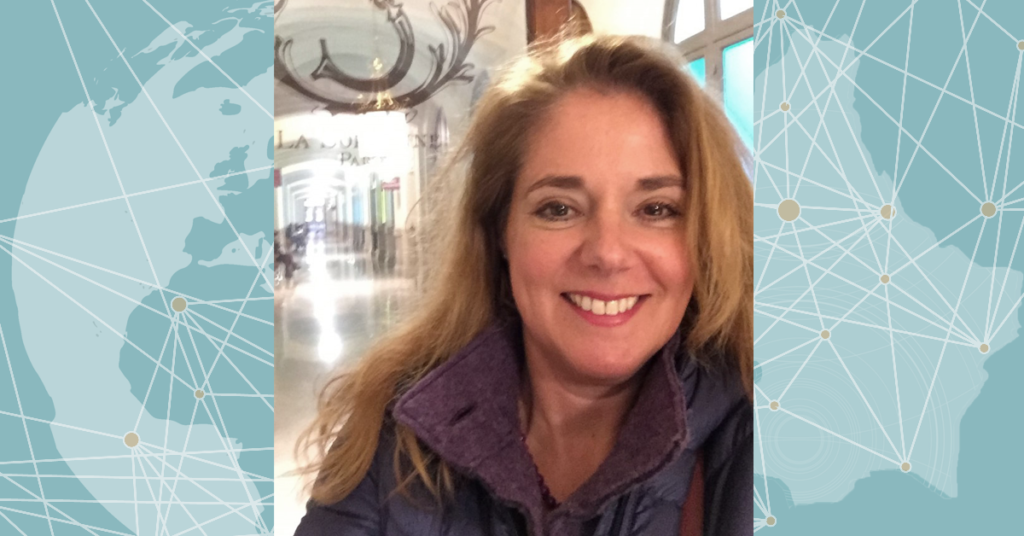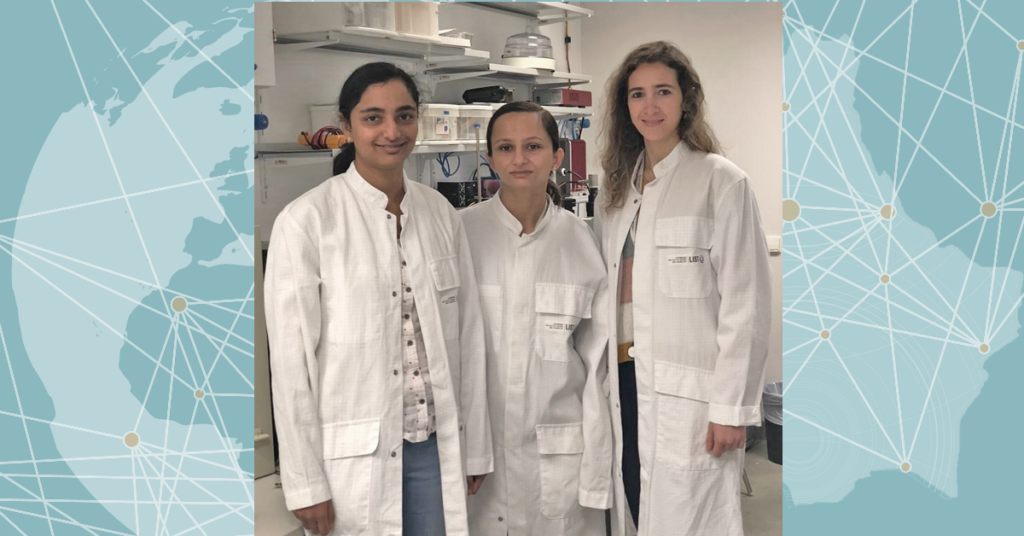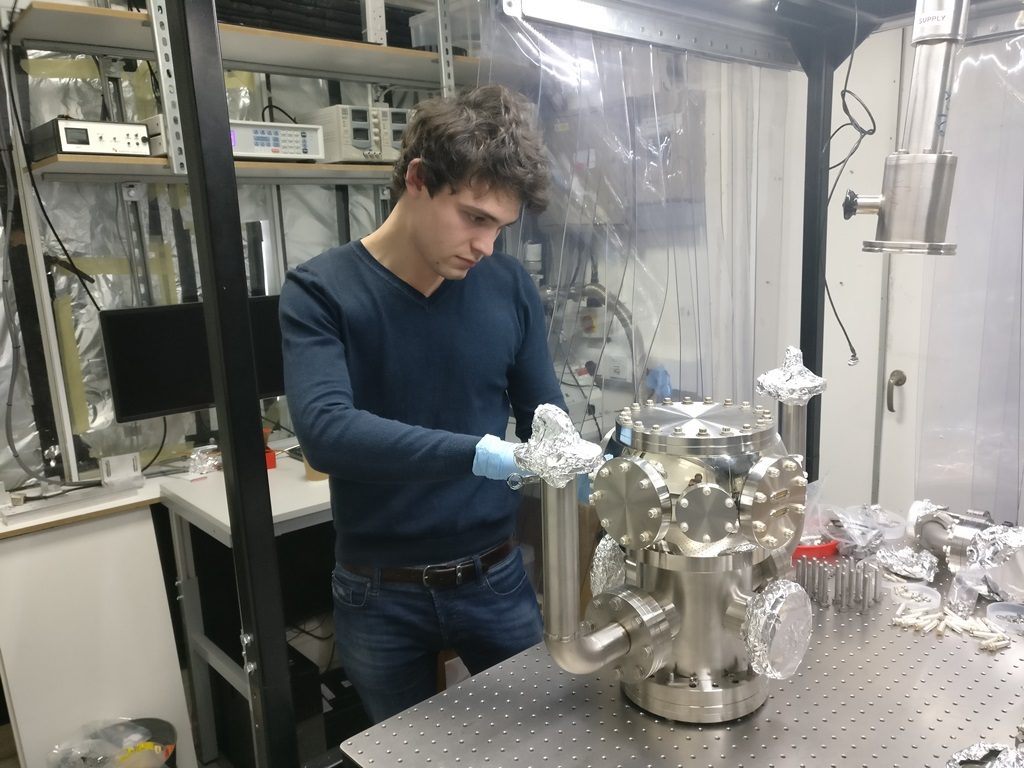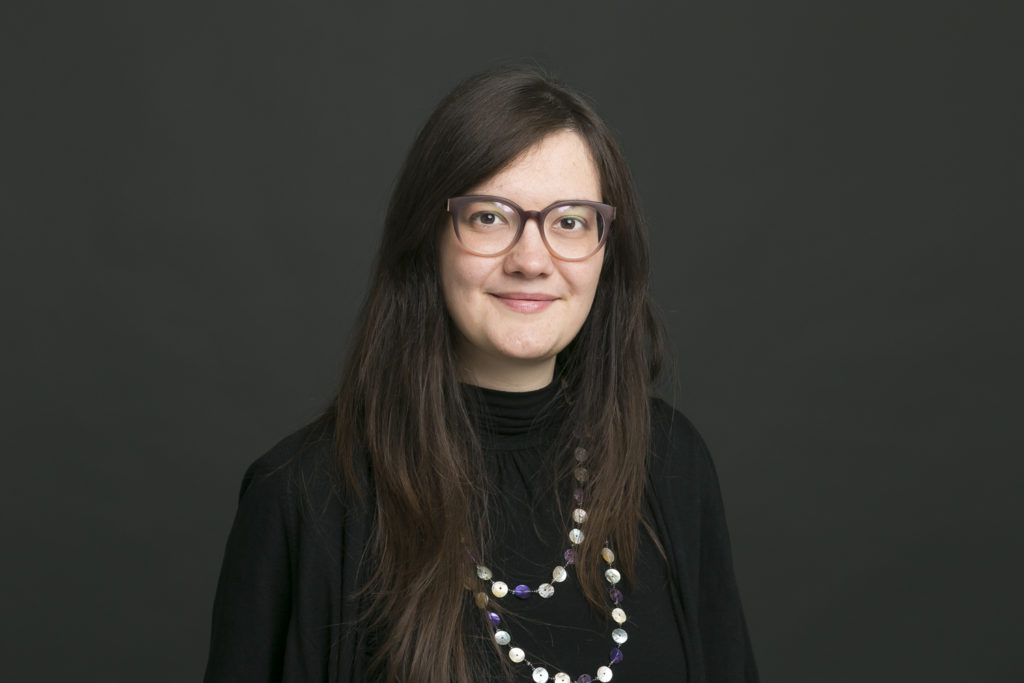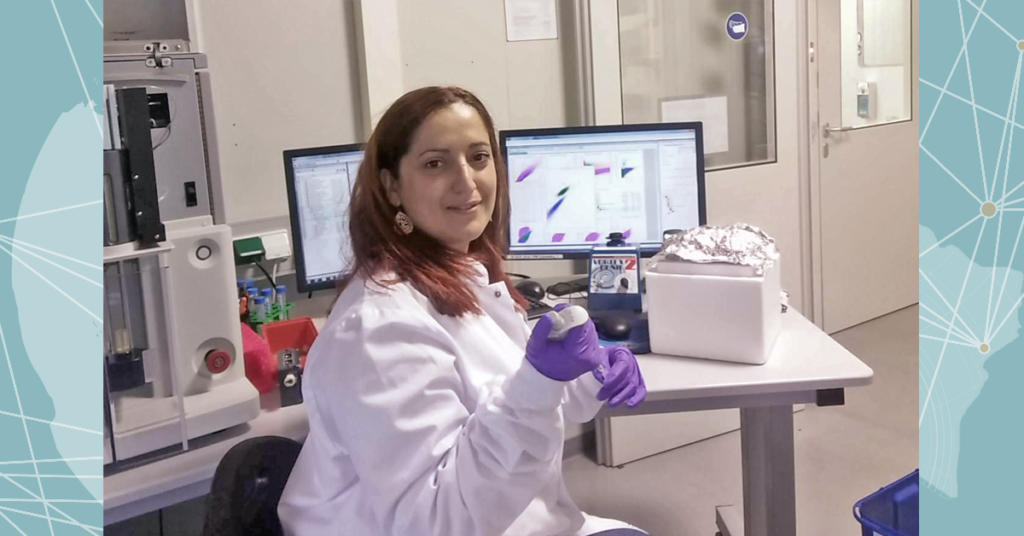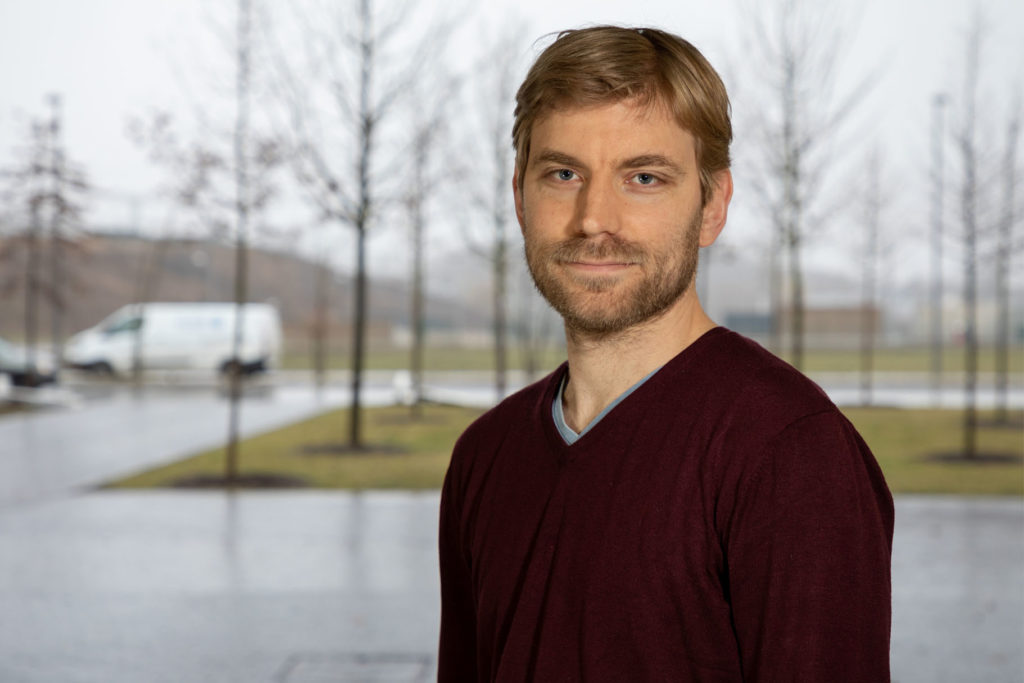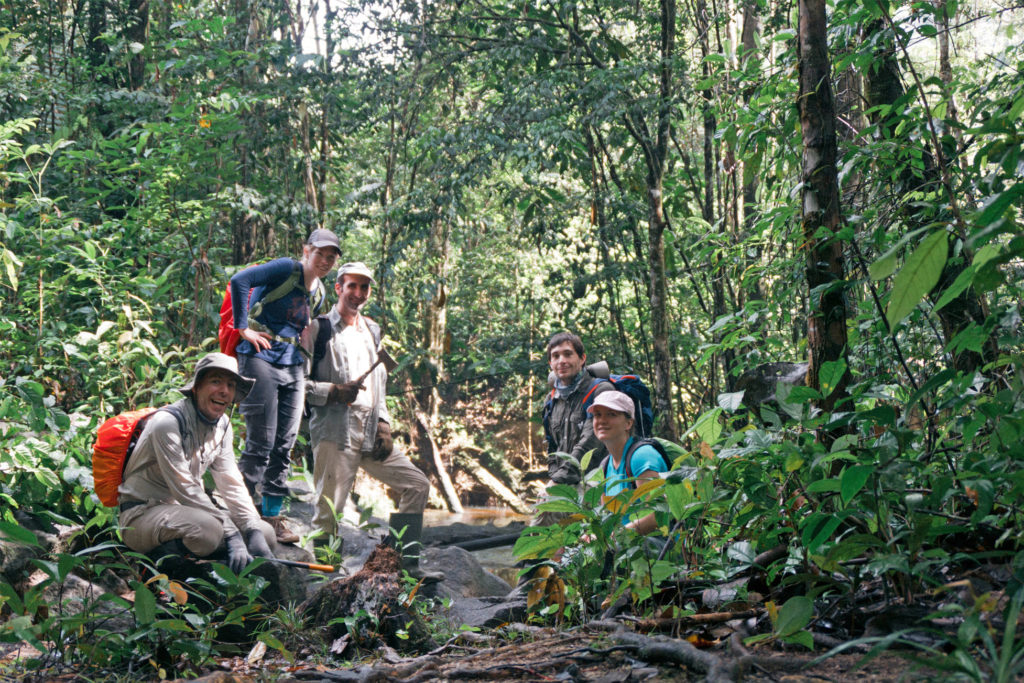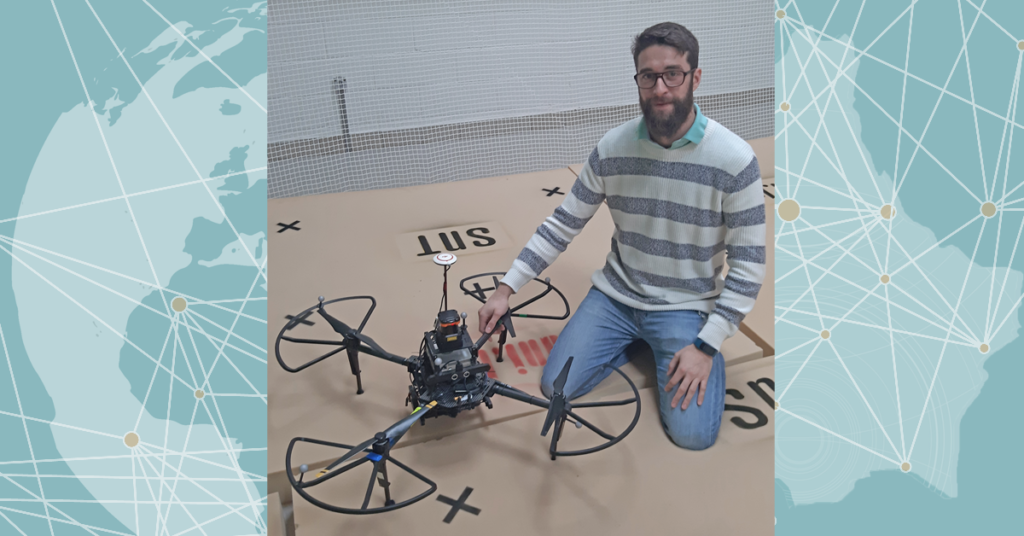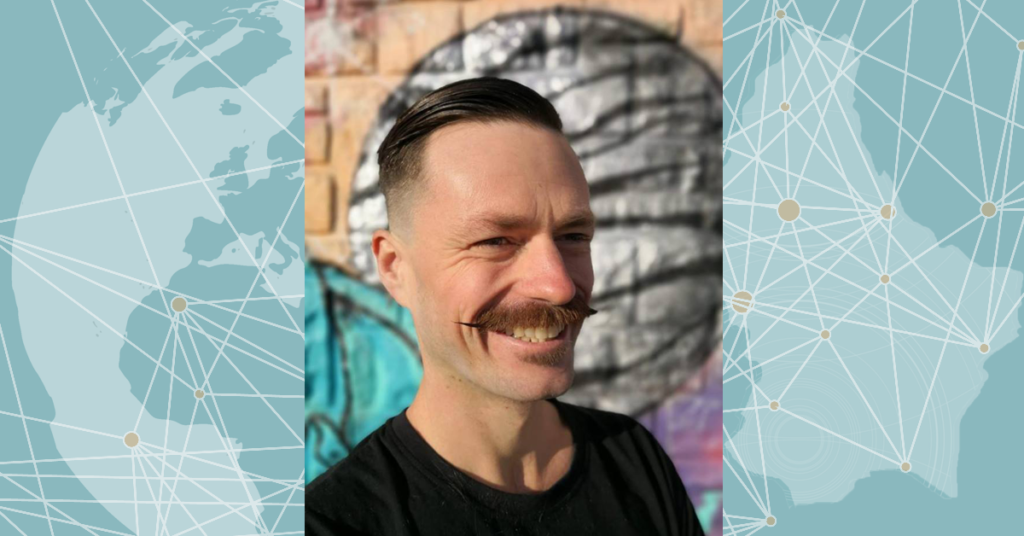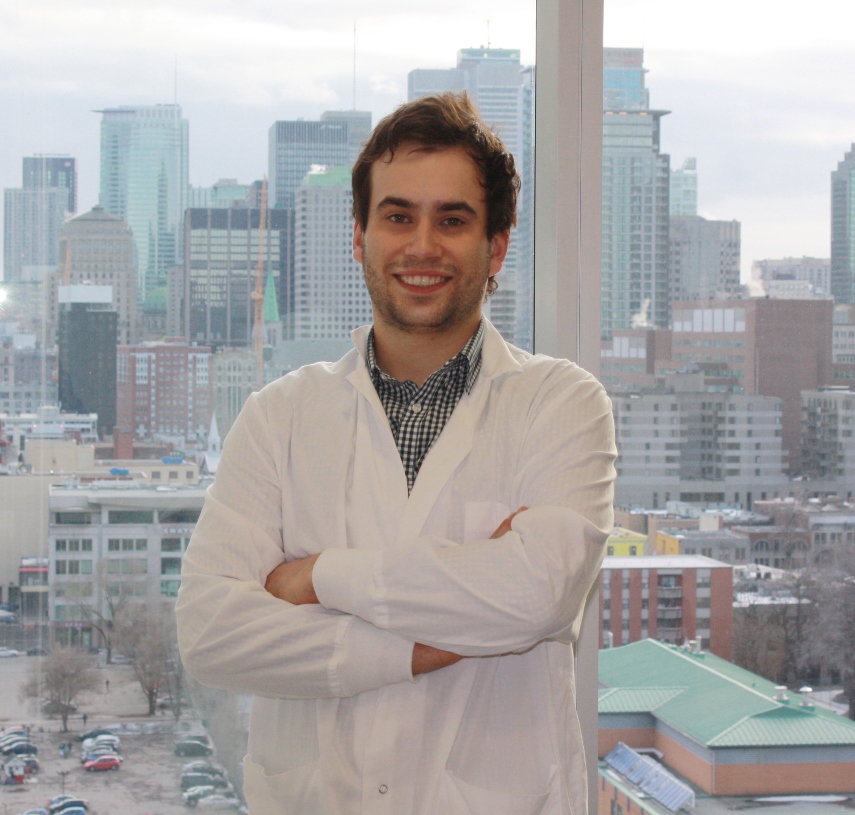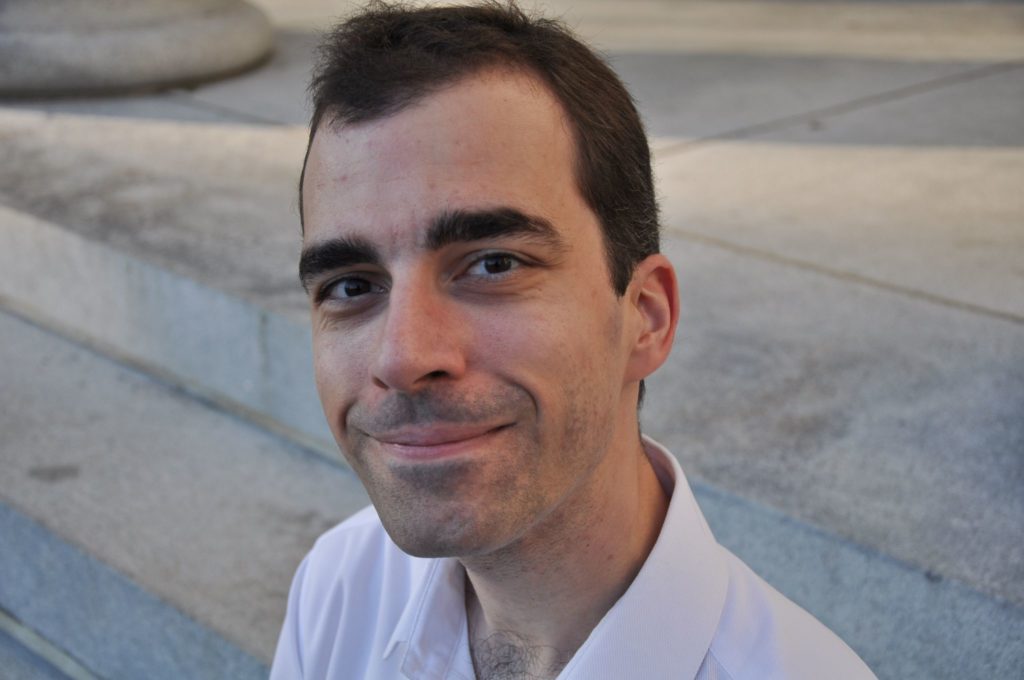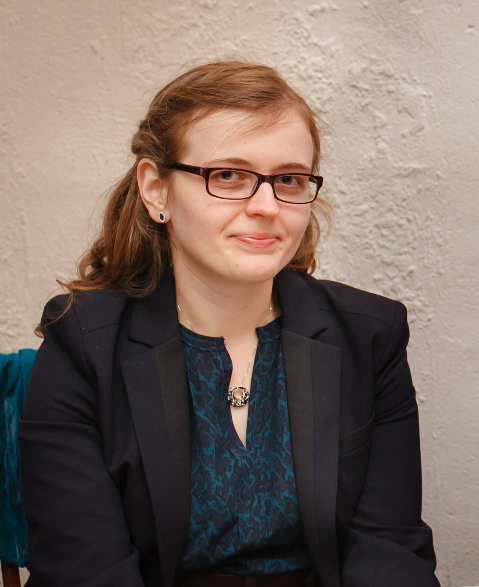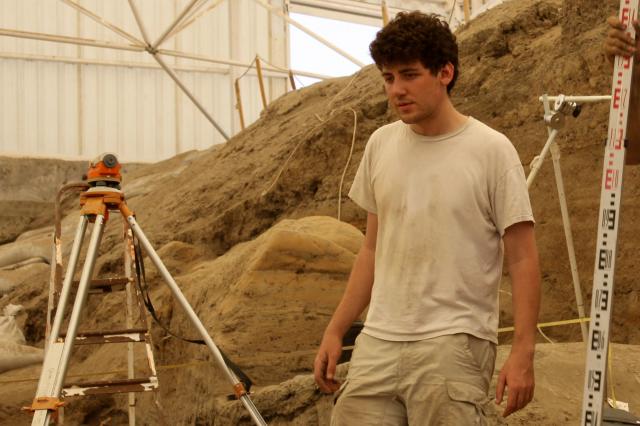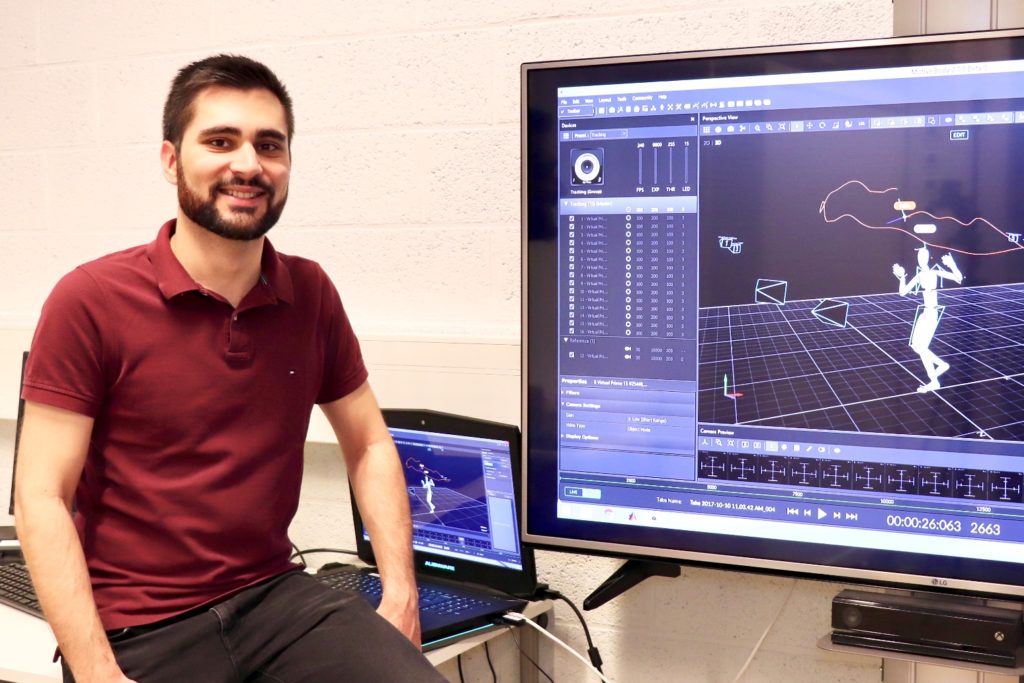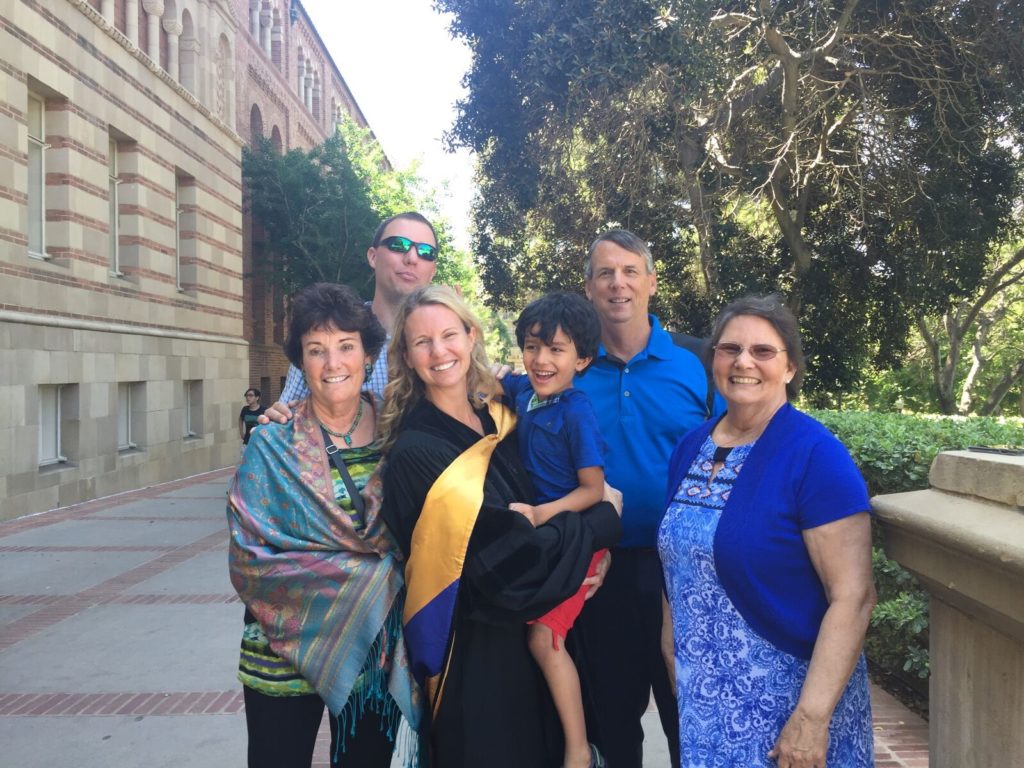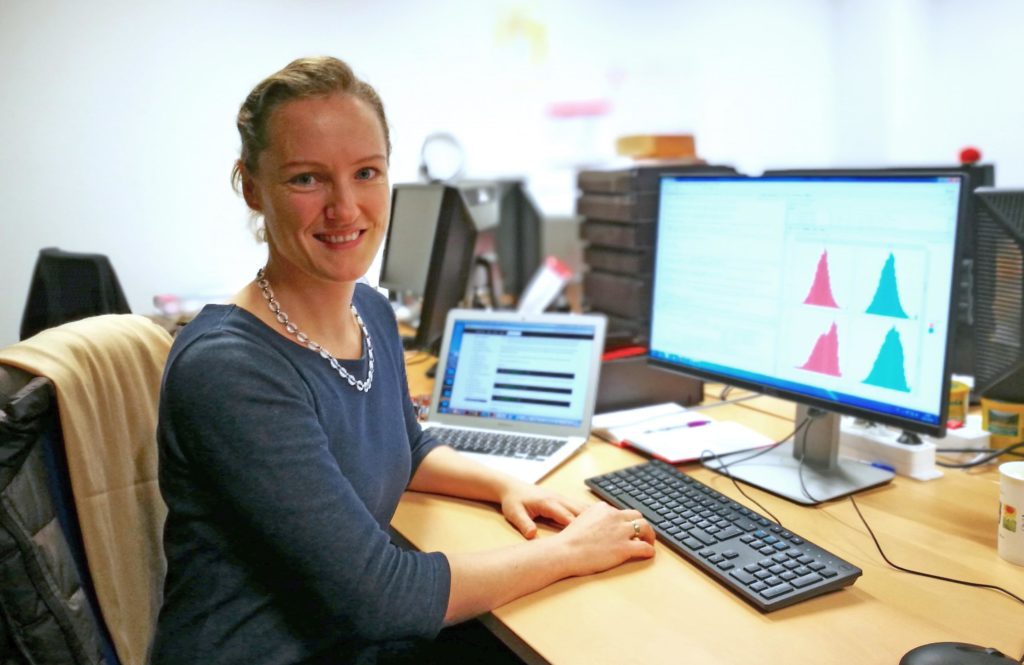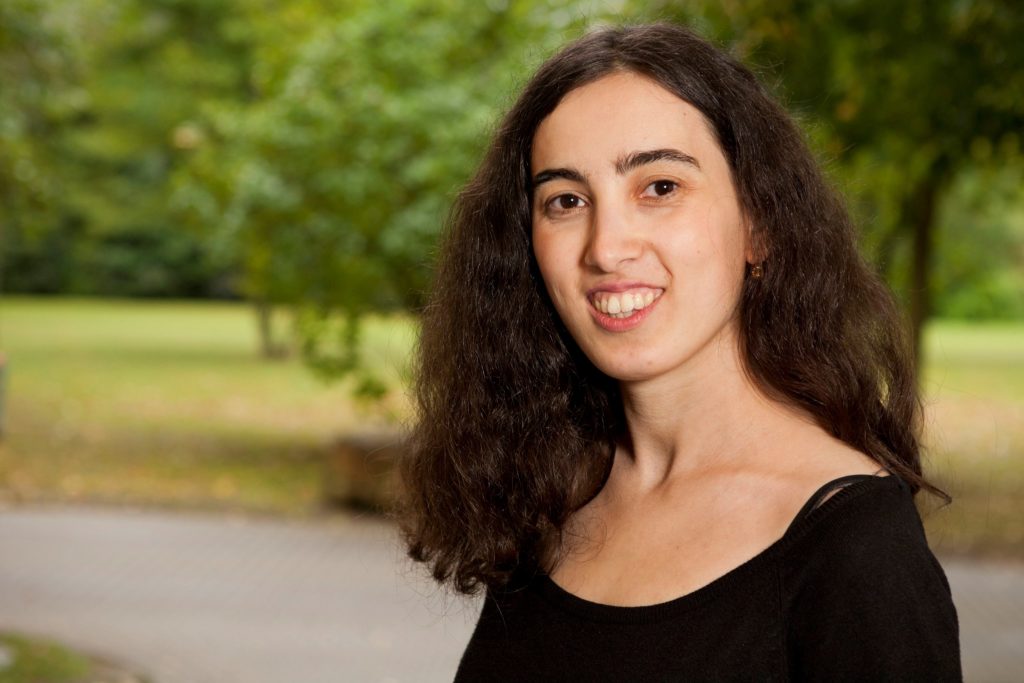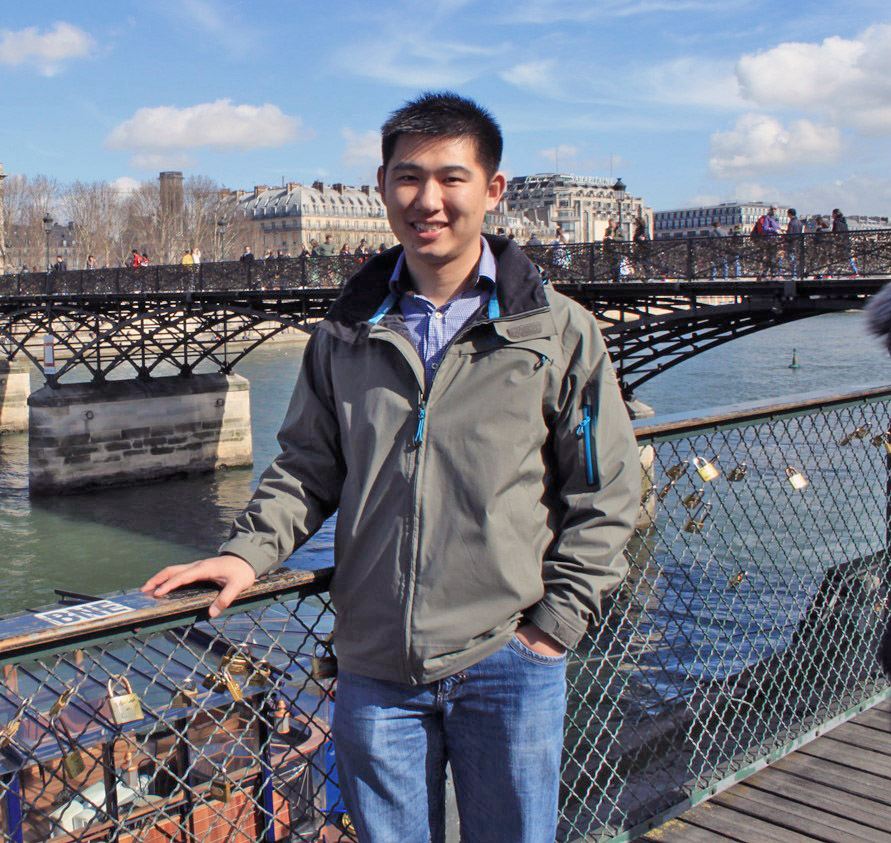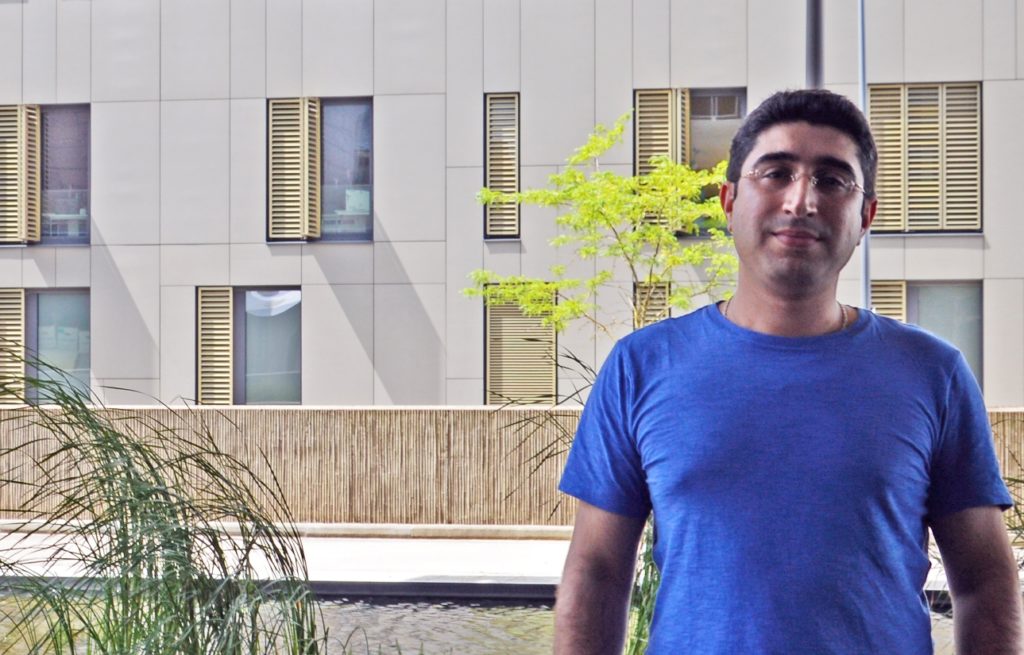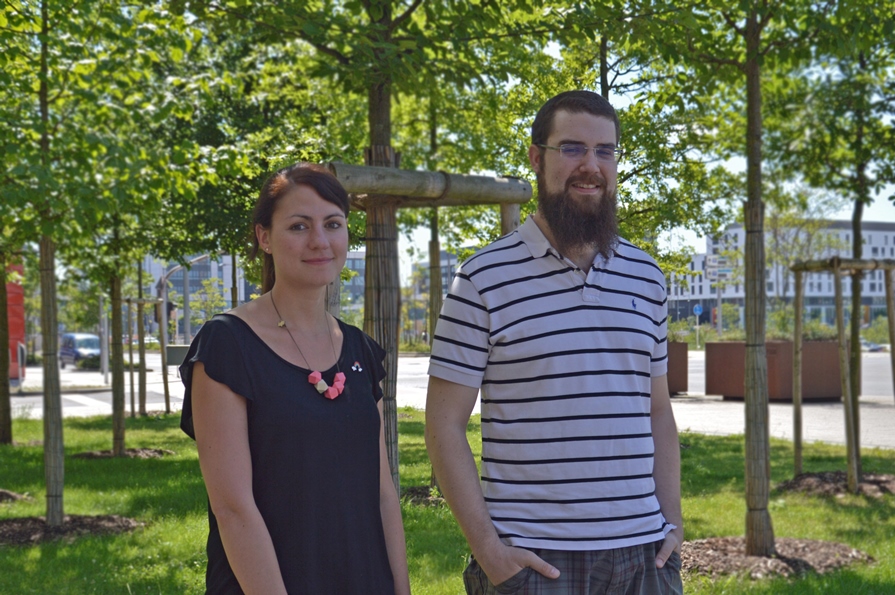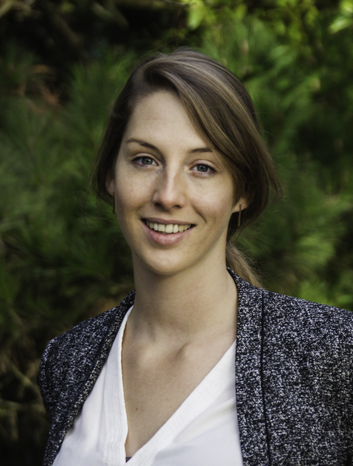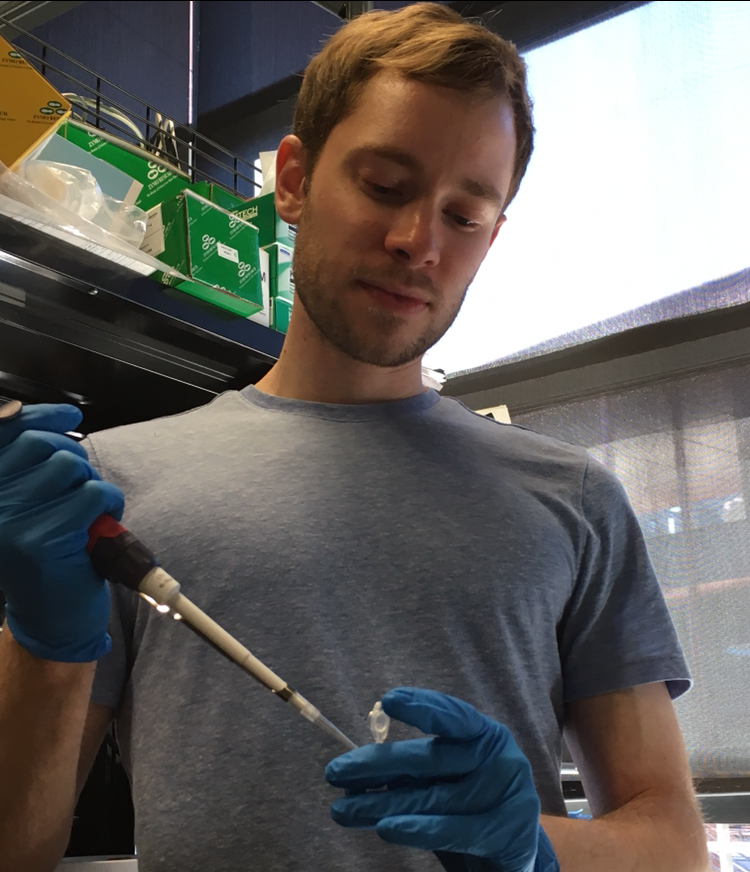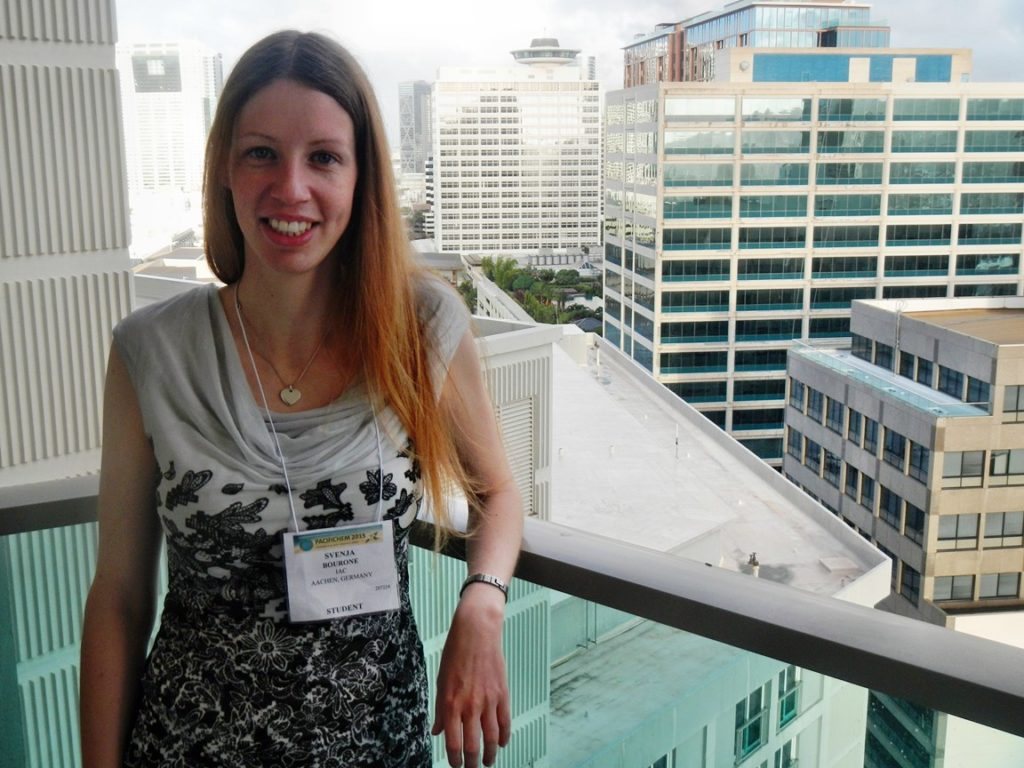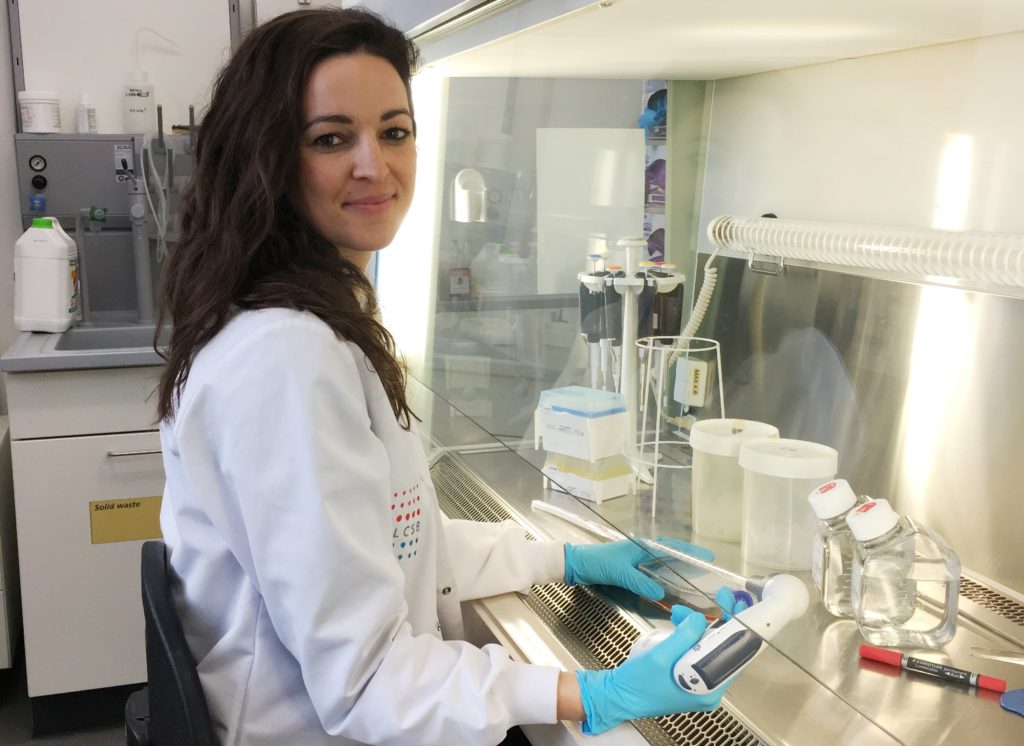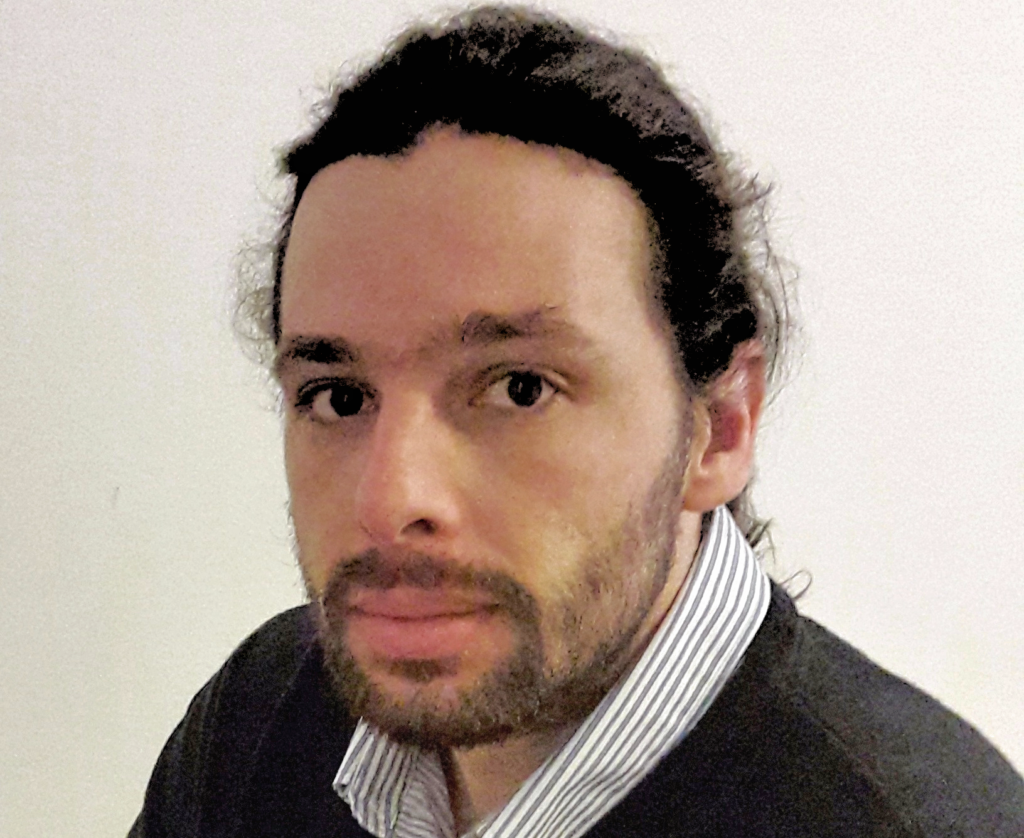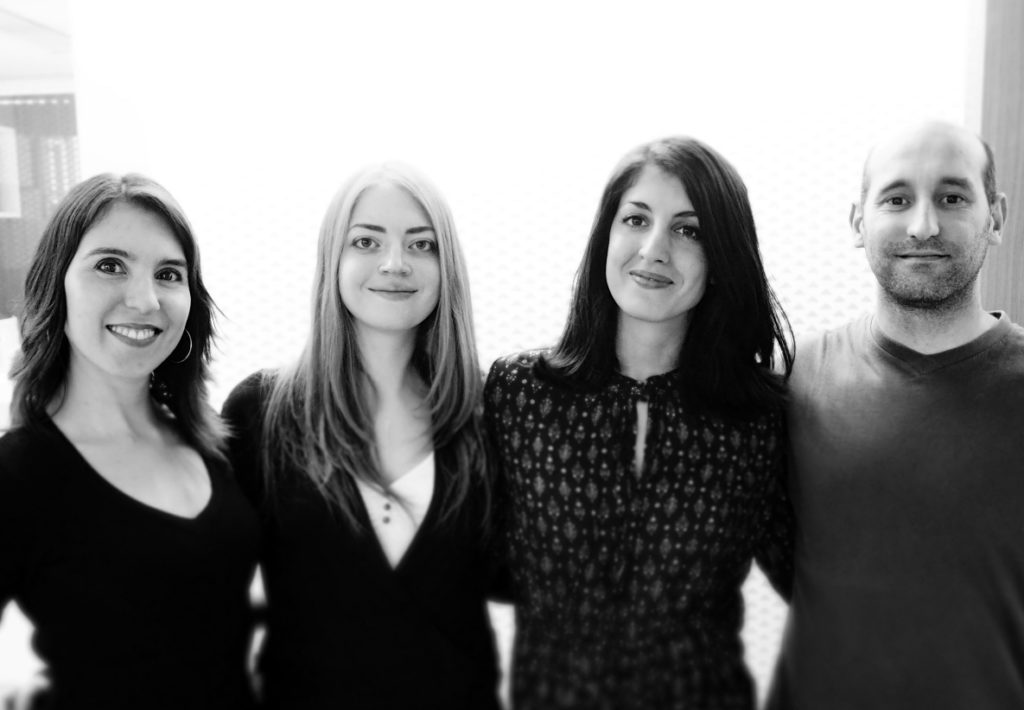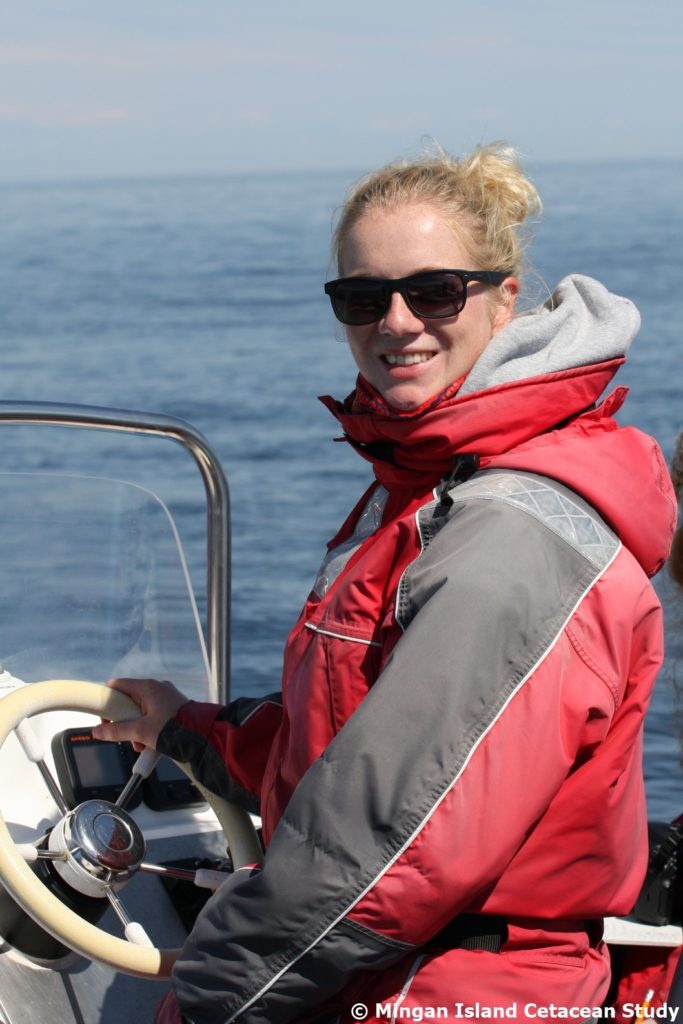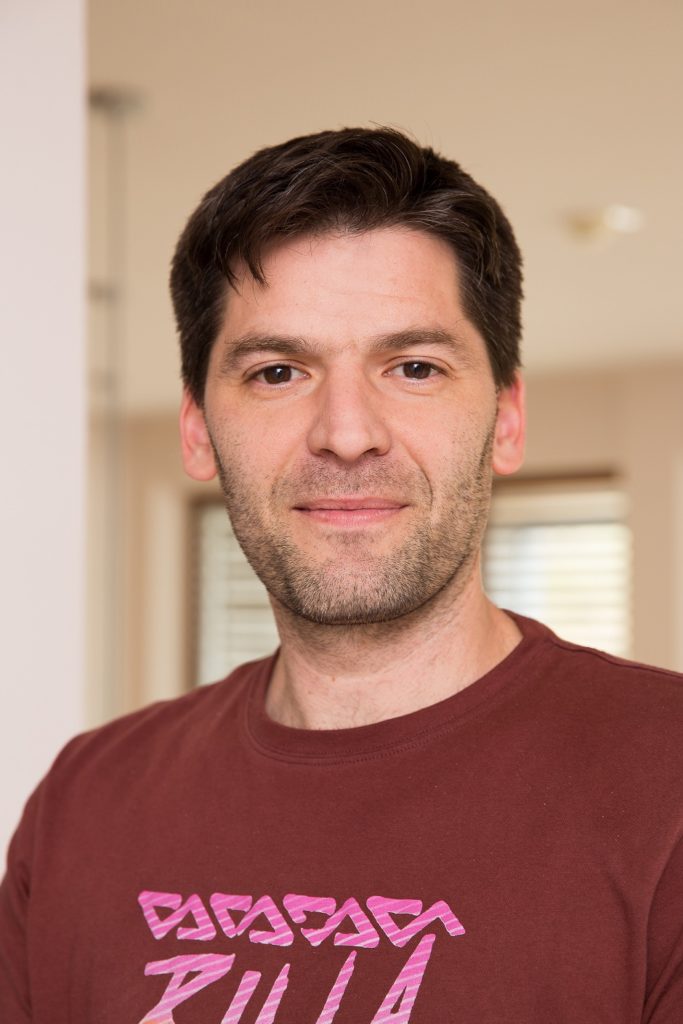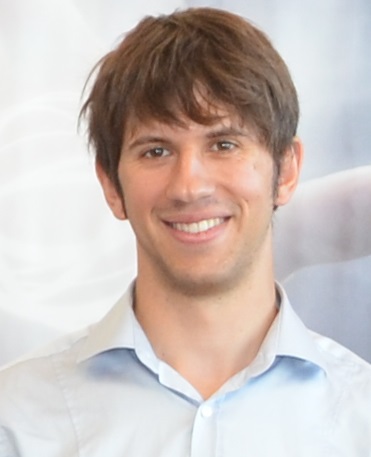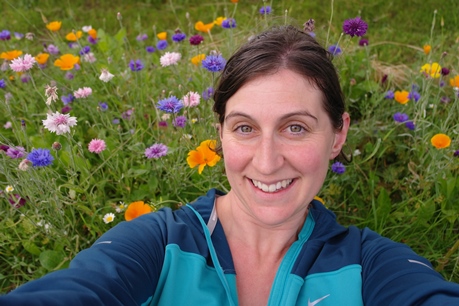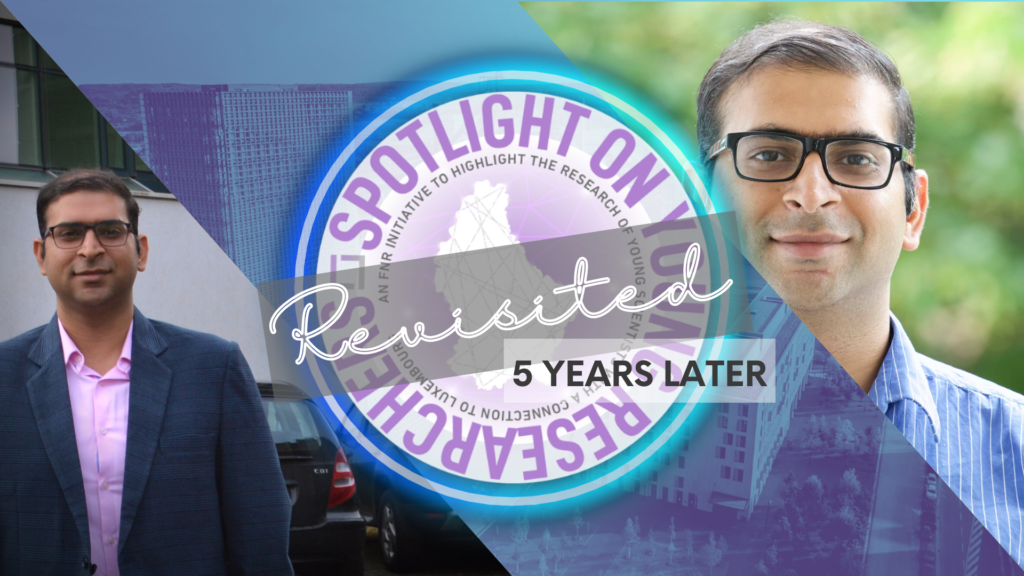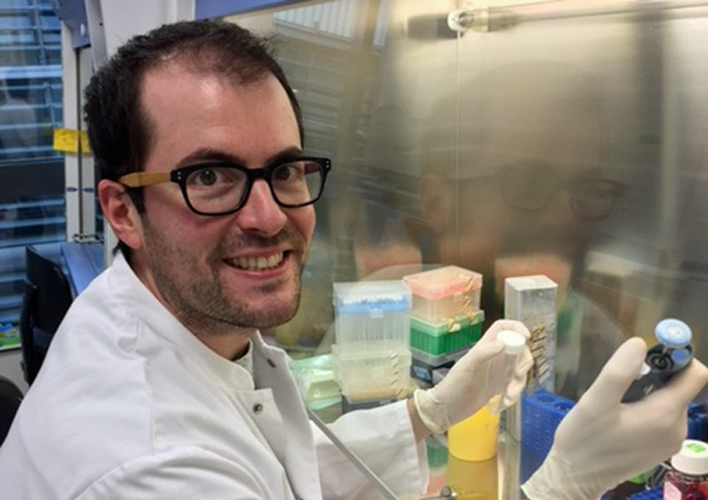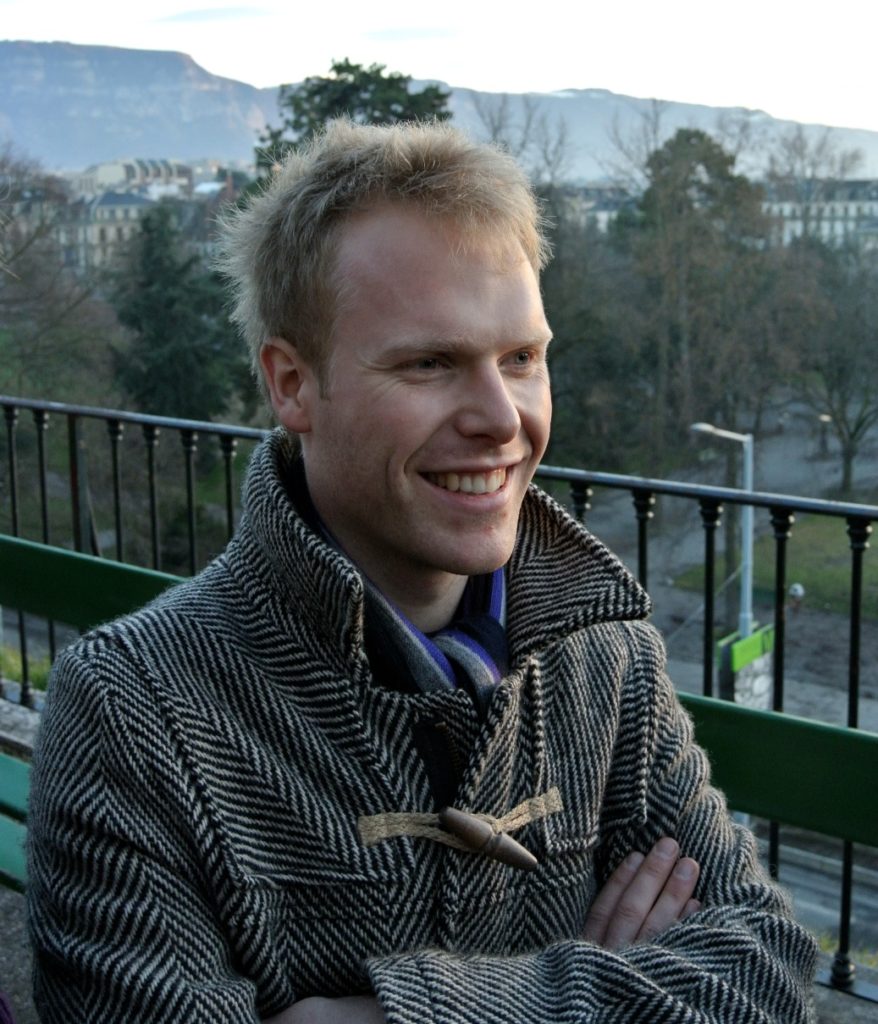Can we predict the likelihood of a hazelnut tree becoming sick? Or what quality defects, and in what percentage, will be present in the final harvest? Science could soon make this possible, thanks to a hazelnut quality forecasting system based on a combination of machine learning and simulation models.
Hazelnut is an economically valuable nut crop worldwide, mainly used in the pastry and chocolate industry. One of the key price indicators is kernel quality – a major concern for several confectionary companies.
The availability of timely indications on the trends of hazelnut kernel quality in the upcoming growing season guides decision makers in optimising their supply – limiting the impact of quality-related issues.
Simulate, validate
In the framework of a collaborative project between the Council for Agricultural Research and Economics, Research Centre for Agriculture and Environment & Ferrero Hazelnut Company, the division of Ferrero dedicated to the integrated management of the hazelnut value chain, MatHiLDE, Postdoc researcher Taynara Valeriano, a Brazilian national, works on developing a hazelnut quality forecasting system where simulation models are used to predict hazelnut pests and disease epidemics and to quantify associated yield losses and quality-related defects.

“In detail, building the system entails adding the knowledge on the epidemiology of the target organisms in process-based simulation models, before validating them with reference field data. Machine learning algorithms that use the model outputs and characteristics of the hazelnut growing systems then help to predict fruits quality,” Taynara Valeriano explains.
The goal: wiser plant protection
The pest and disease simulation models will support tactical decisions, such as the application of agrochemicals or the prediction of quality trends, using historical and short-and medium-term weather forecasts.
The simulation models from this project will be applied in the hazelnut growing areas of Turkey, the world’s top hazelnut producer, and the system will be scalable to other environments.
The overall goal of the research is to reduce the environmental, economic and social losses that arise from hazelnut pests and diseases. Being able to quantify the benefits from adapted policies and management strategies against emerging pests and diseases, will contribute to the sustainability of hazelnut production.
“Reliably predicting the outbreak of pests and diseases can lead to wiser plant protection programmes, which in turn might lead to a reduction in the use of pesticides, thus having a positive impact on the environment and the health of the farmers,” Taynara explains.

MORE ABOUT TAYNARA VALIERIANO AND WORKING WITH INDUSTRY
Working with the industry and academia – in practice
“My project is a collaboration between Ferrero Hazelnut Company in Luxembourg and the Council for Agricultural Research and Economics, Research Centre for Agriculture and Environment (CREA) in Bologna, Italy. I am based at CREA, under the supervision of PhD Simone Bregaglio, and I spend at least 25% of the project’s time (6 months) in Luxembourg.”
Working with the industry vs working in academia
“My experience in private industry is that I feel part of a large team, which shares a mutual and collective goal, so that all the people work with the aim of fulfilling the same objective. In academia it could happen that a researcher works on his or her own projects independently from other colleagues, even if colleagues are sharing the same office.”.
“Academia on the other hand gives you the possibility to deepen your knowledge on specific topics, without having to deliver reports and presentations with a strict schedule. Also, in industry there is more multitasking required, as you can be part of more than one team, with multiple objectives.”
Benefits of working with the industry
“Industry generally benefits from including researchers in their teams. The main contribution of the researchers to the company is their continuous strive for innovation: researchers are aware of the state of the art of technology and are capable of inventing something that did not exist before, adding new methodologies and tools to the operational activities”.
“The benefits for a researcher working in the industry is to be in direct contact with real problems, and to have the chance to see the realization of practical applications of theoretical concepts. Additionally, the fact of being part of a supportive and structured work environment as you may find in industry is undoubtedly a plus.”
Previous research
“My Ph.D. program focused on providing reliable and practical solutions to modelling pests and fungal diseases in sugarcane. My research work consisted in two main activities: the development of a process-based model to simulate sugarcane orange rust disease, and the estimation of the incidence of the pest Mahanarva fimbriolata using artificial neural networks.
“In both approaches, gridded weather data provided by global circulation models were used as input to the modelling activities. My Ph.D. program was based in Brazil at São Paulo State University: I was selected as one of the few students to be funded for an international program and I spent 6 months at the Italian Council for Agricultural Research and Economics, Research Centre for Agriculture and Environment (CREA), where the Mathilde project [current project] was conceived.”
Research highlights
“The highlights from my research career achieved so far was the development of a smartphone application to estimate potential evapotranspiration using cloud gridded meteorological data, called EVAPO, which was published in Computers and Electronics in Agriculture.”
Role models
“I have profound admiration and gratitude for those professionals who supported me and helped me to be here today. It is in them that I mirror myself: PhD Marcio Santana, my first advisor, when I was still in graduation; PhD Glauco Rolim, my advisor during my master and doctorate; PhD Simone Bregaglio, who was a great collaborator during my doctorate and is my supervisor now at CREA; PhD Laura Giustarini and Kim Fischer, my supervisors at Ferrero Hazelnut Company. All of these mentioned here are an inspiration for me, from whom I learn and have learned a lot.”
About Spotlight on Young Researchers
Spotlight on Young Researchers is an FNR initiative to highlight early career researchers across the world who have a connection to Luxembourg, with nearly 100 features published so far since 2016.
More in the series SPOTLIGHT ON YOUNG RESEARCHERS
- All
- Cancer research
- Environmental & Earth Sciences
- Humanities & Social Sciences
- Information & Communication Technologies
- Law, Economics & Finance
- Life Sciences, Biology & Medicine
- Materials, Physics & Engineering
- Mathematics
- Research meets industry
- Spotlight on Young Researchers
- Sustainable resource mgmt
- Women in science



